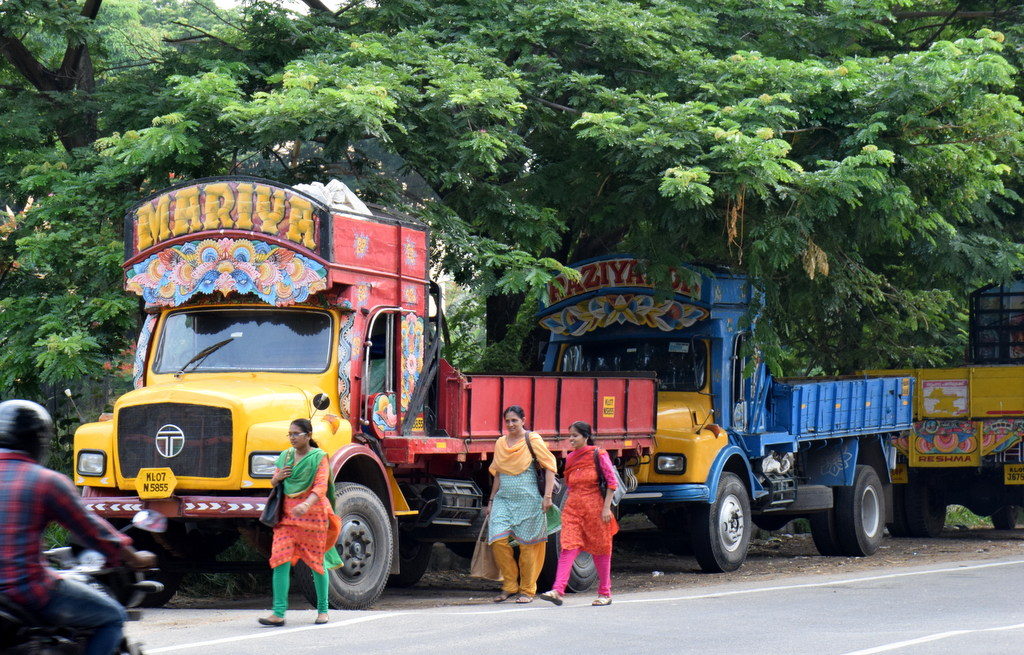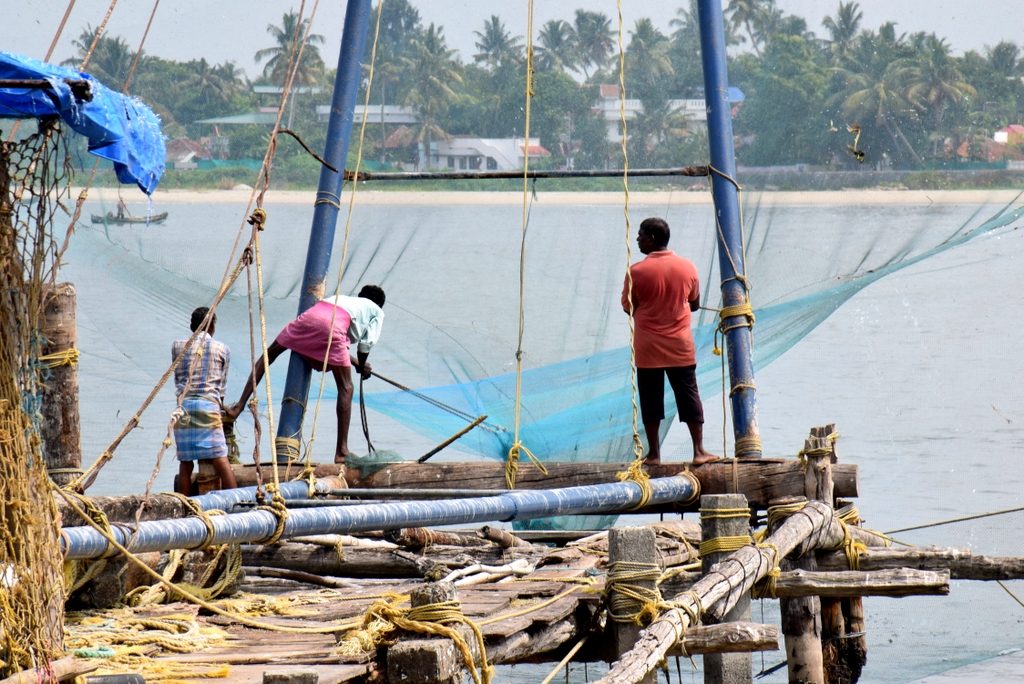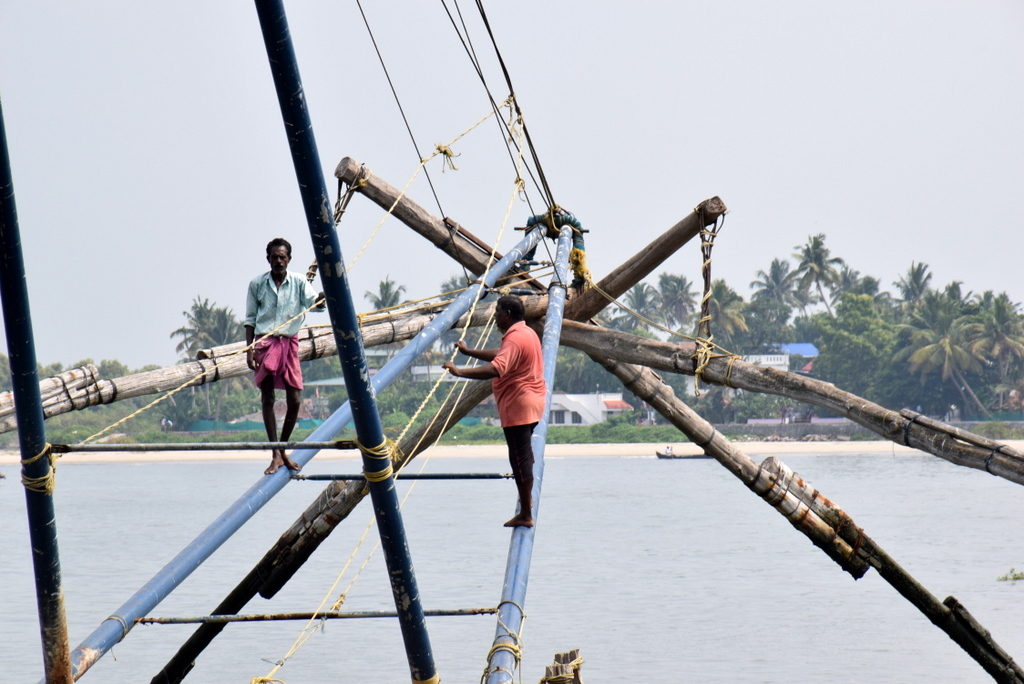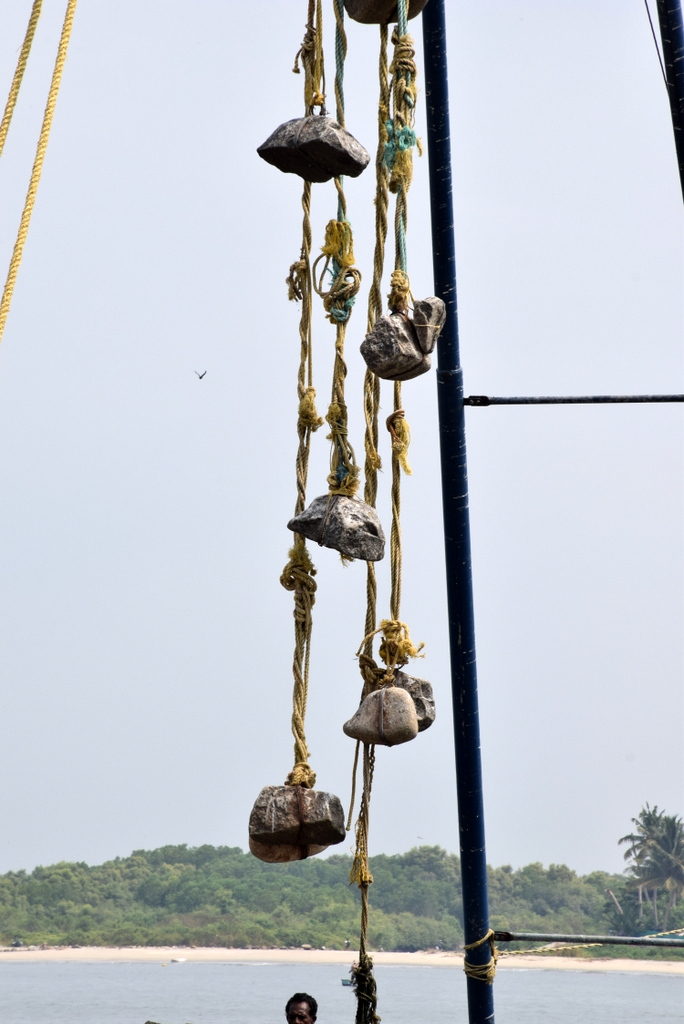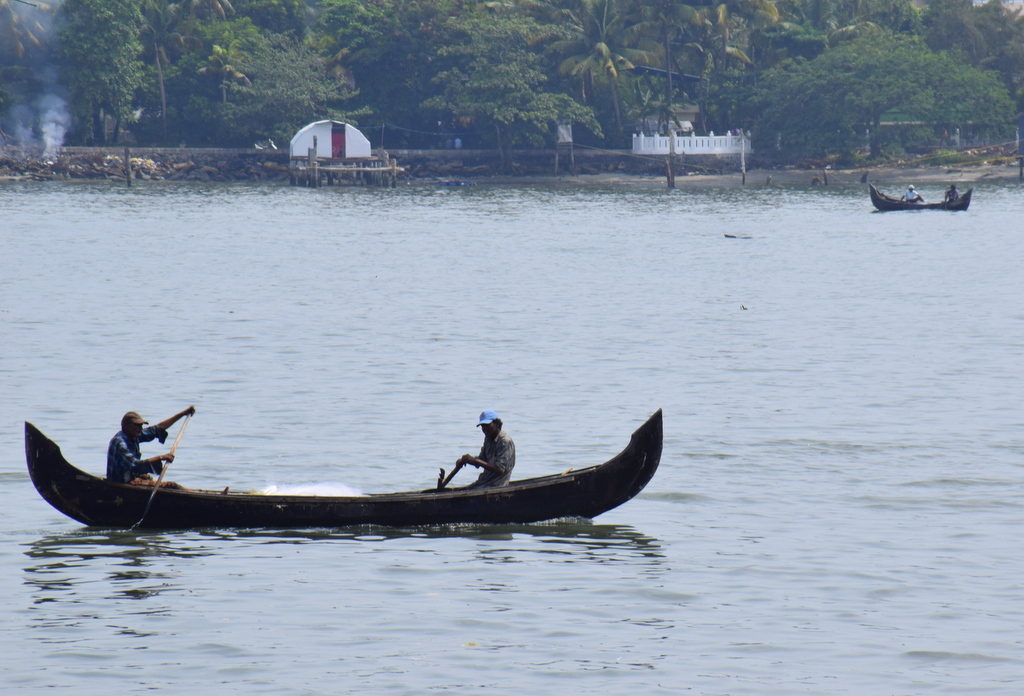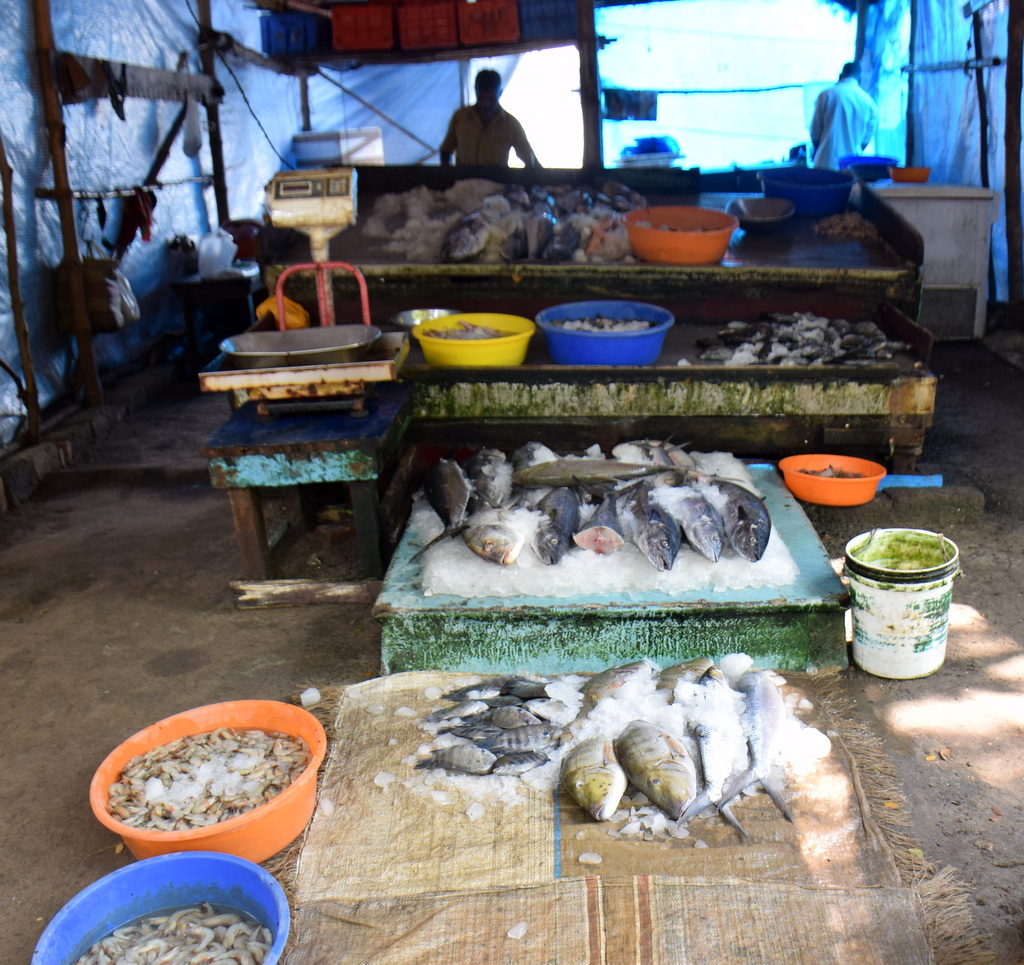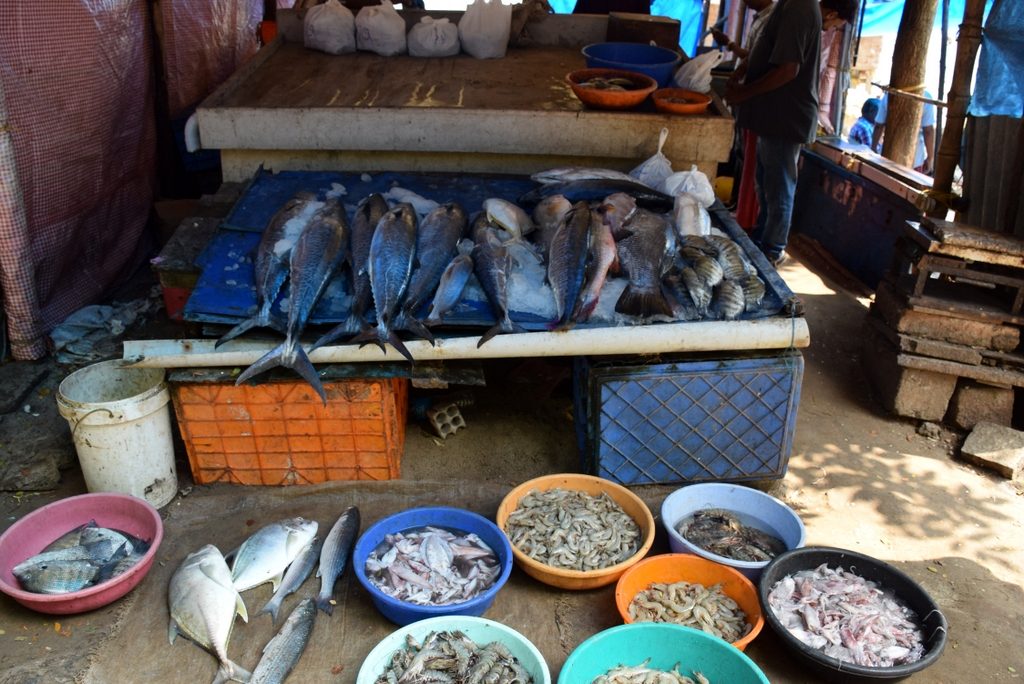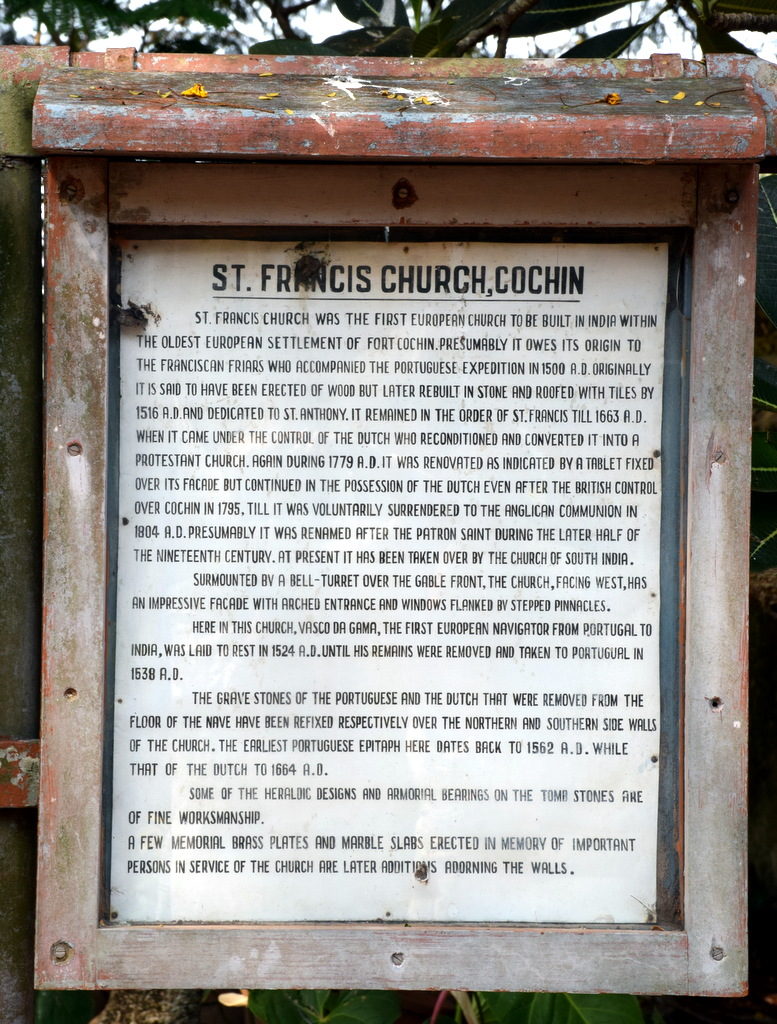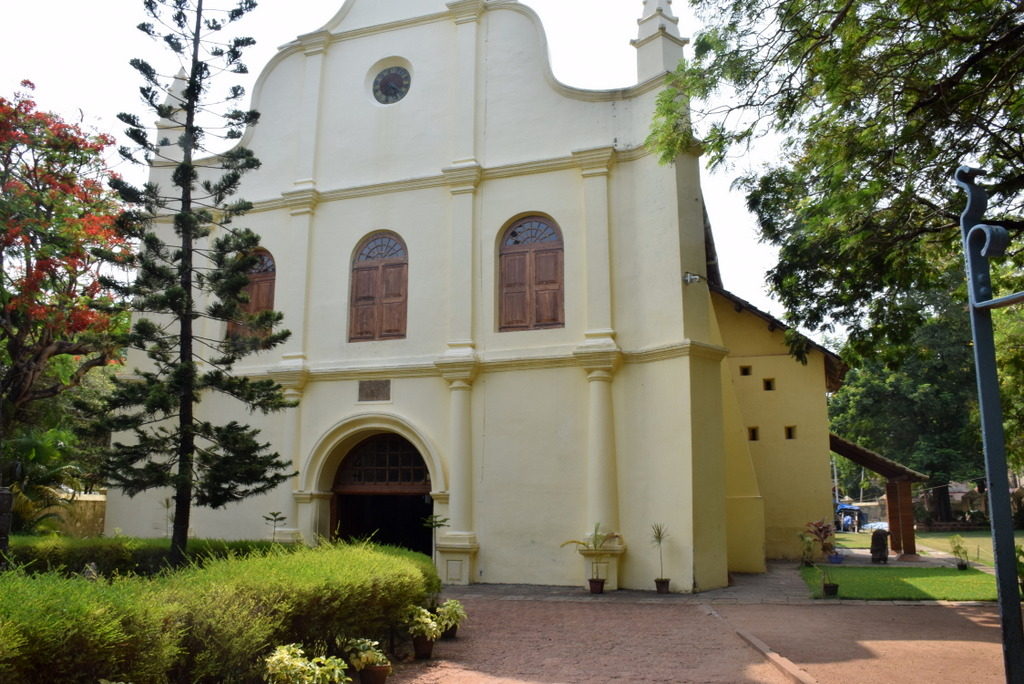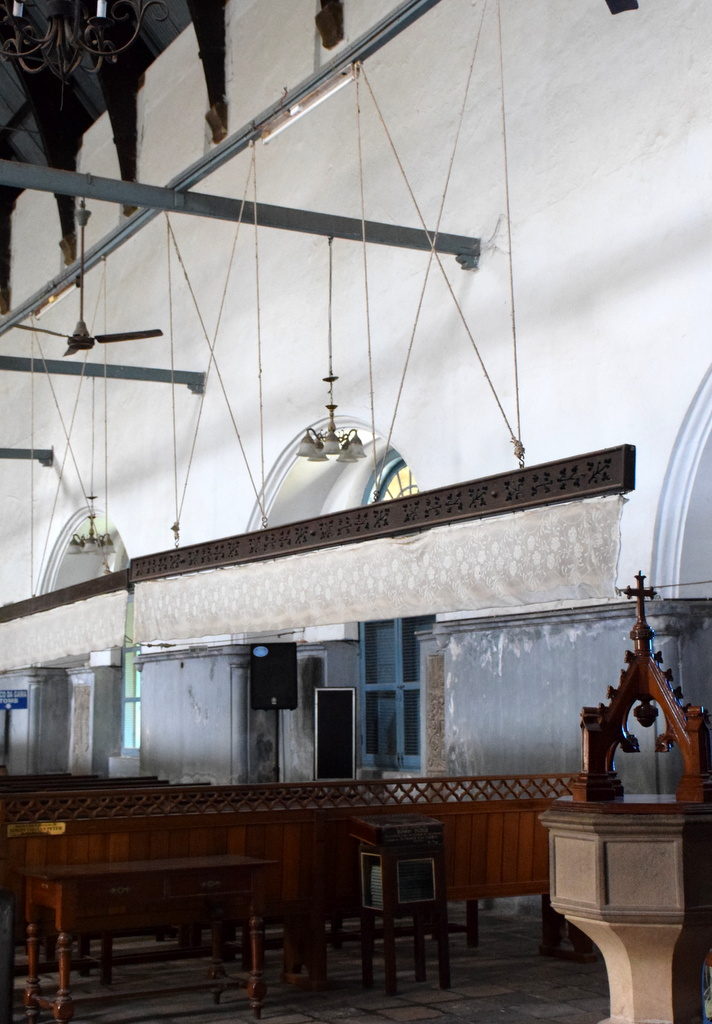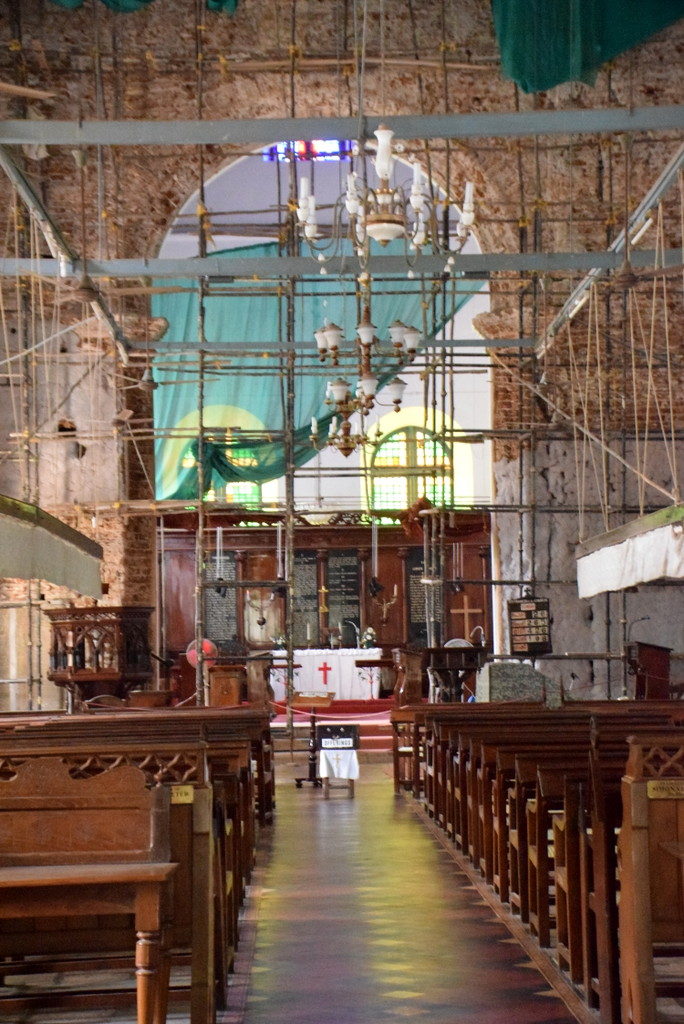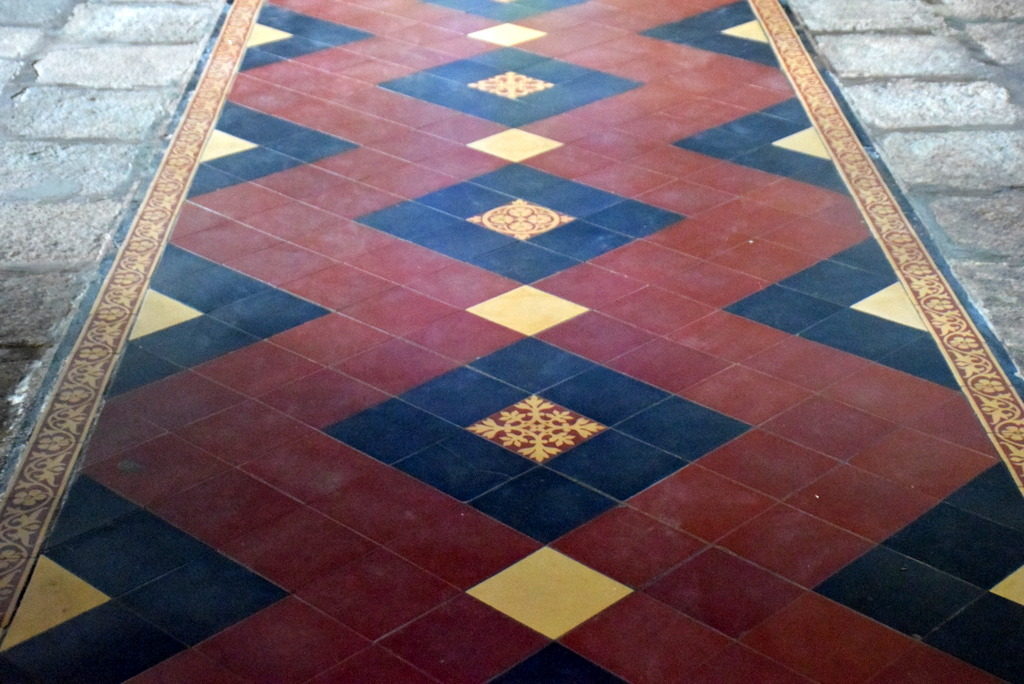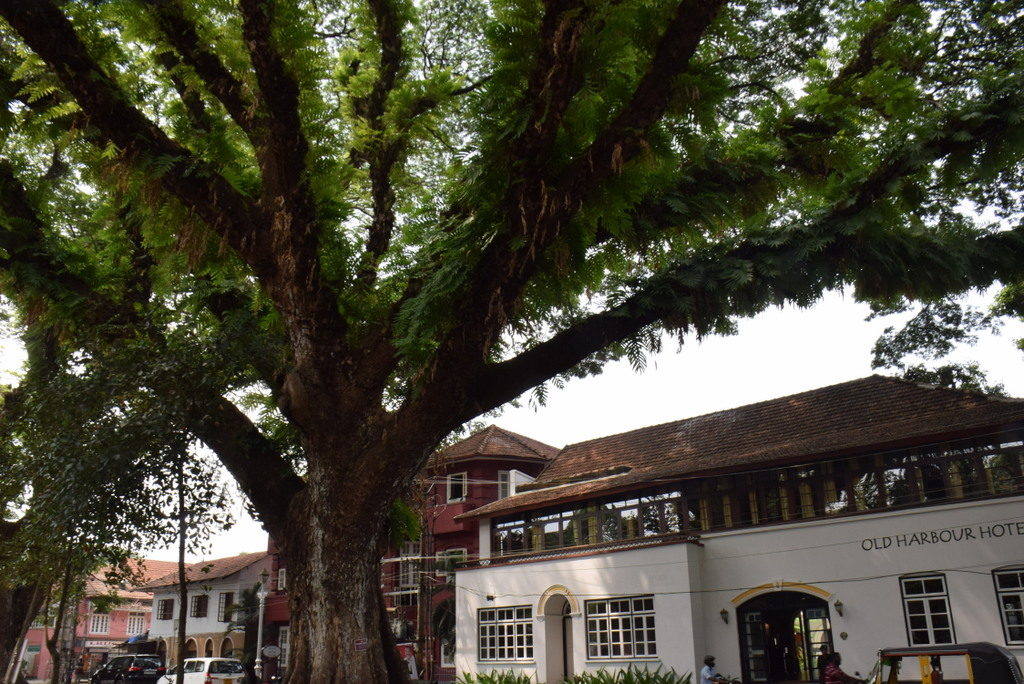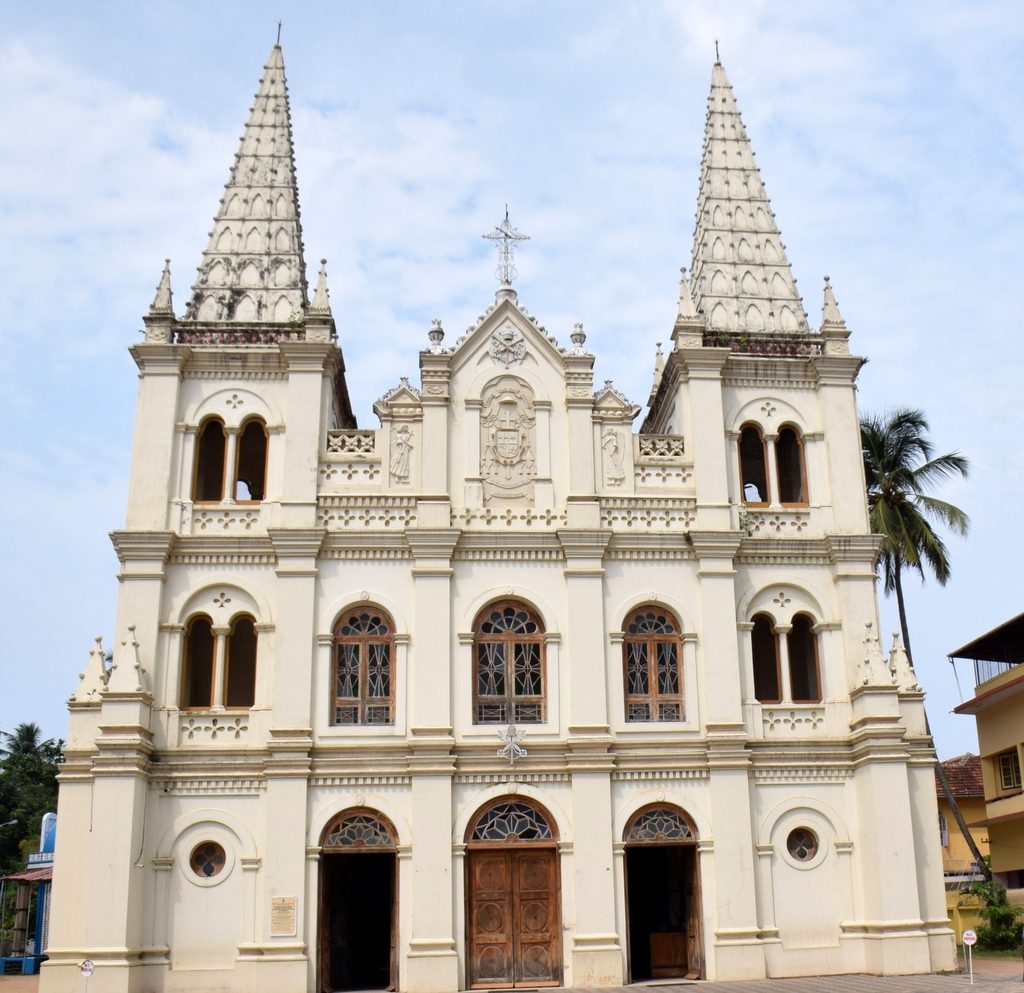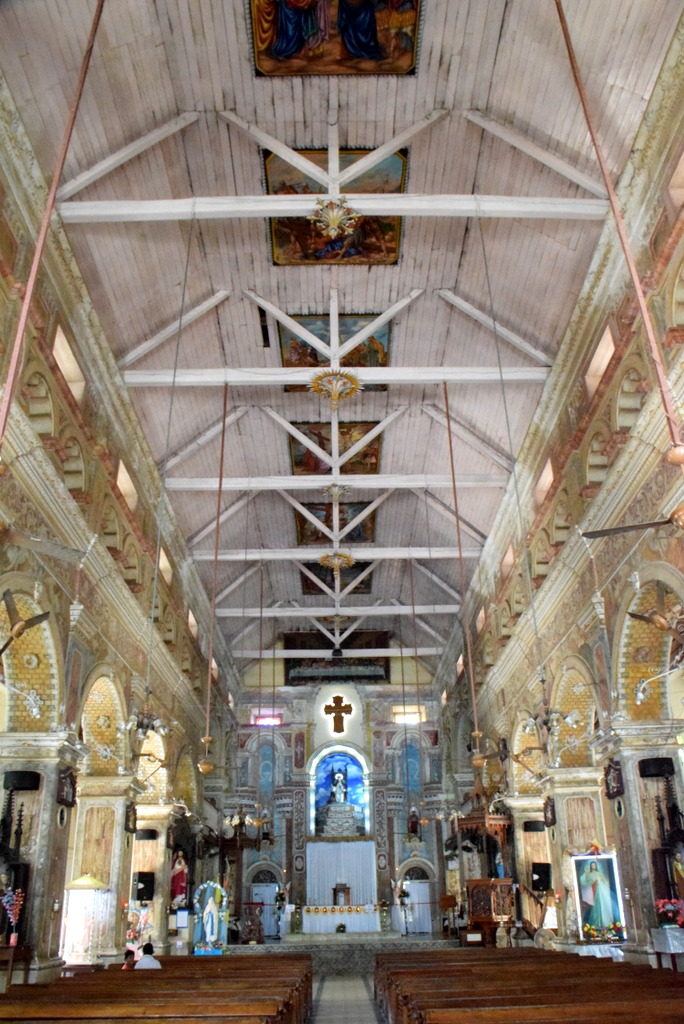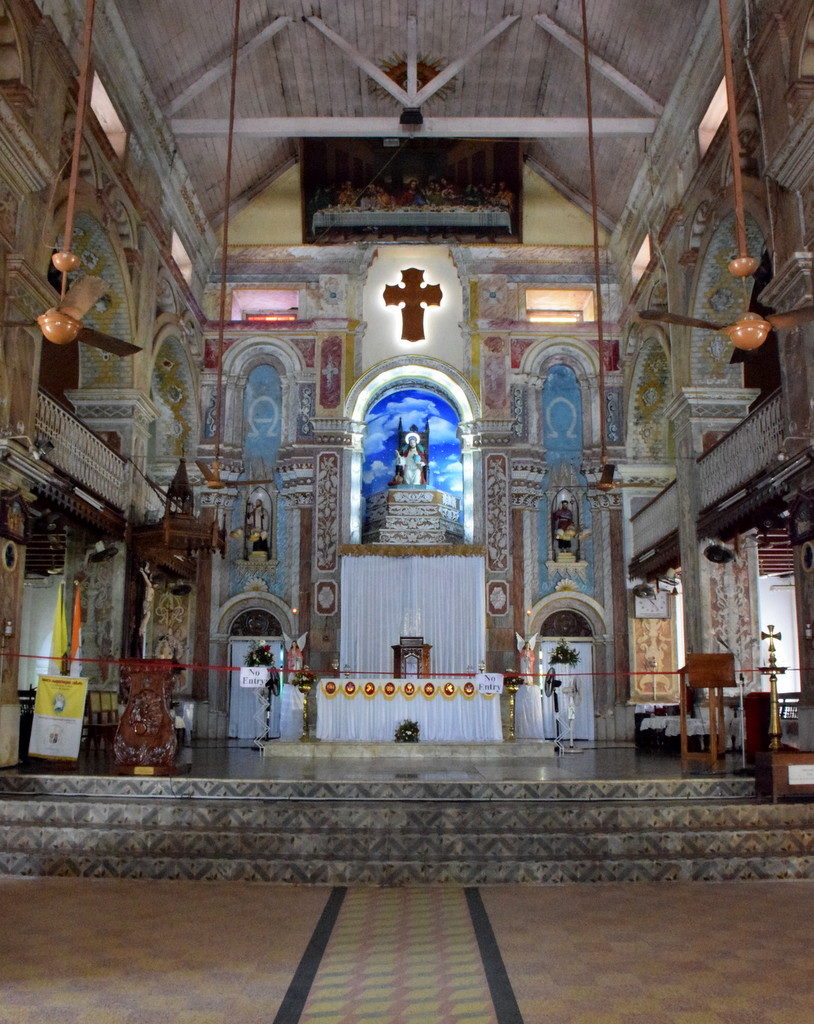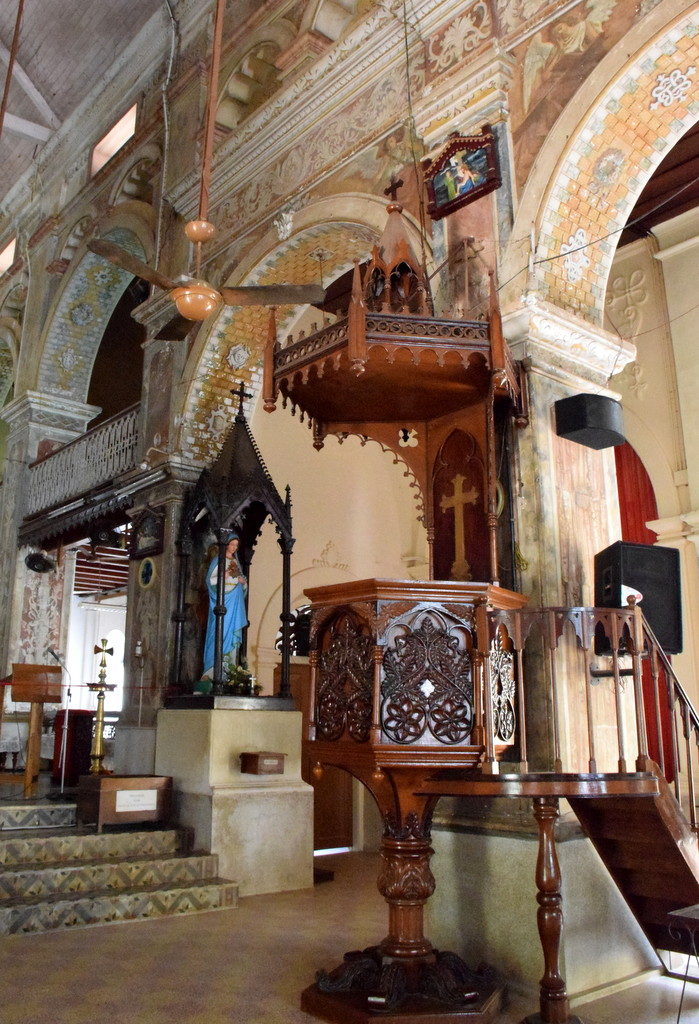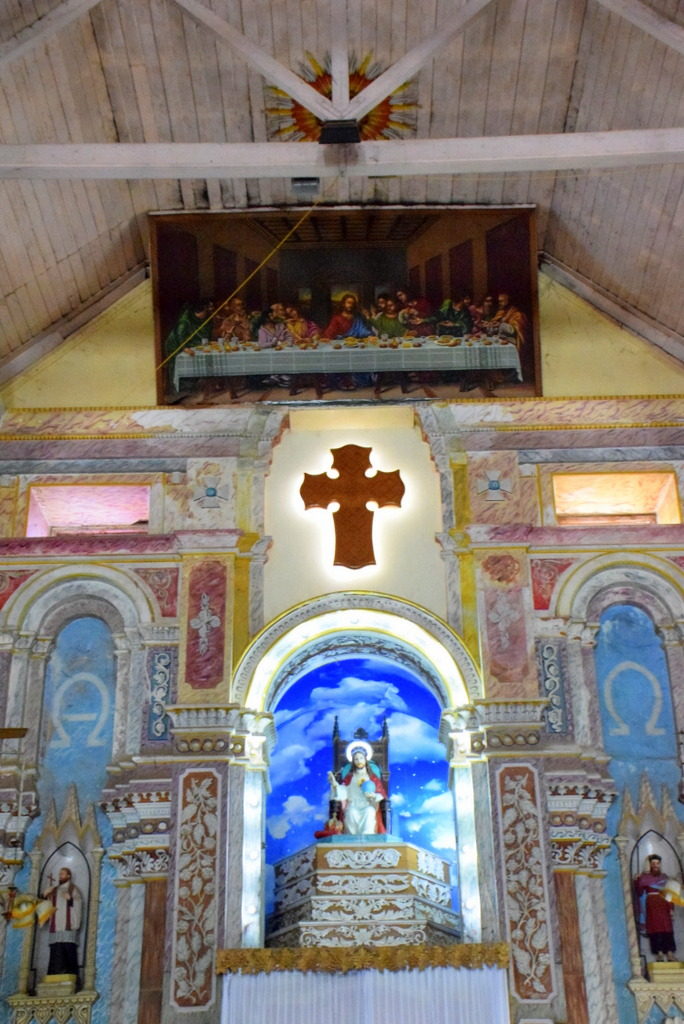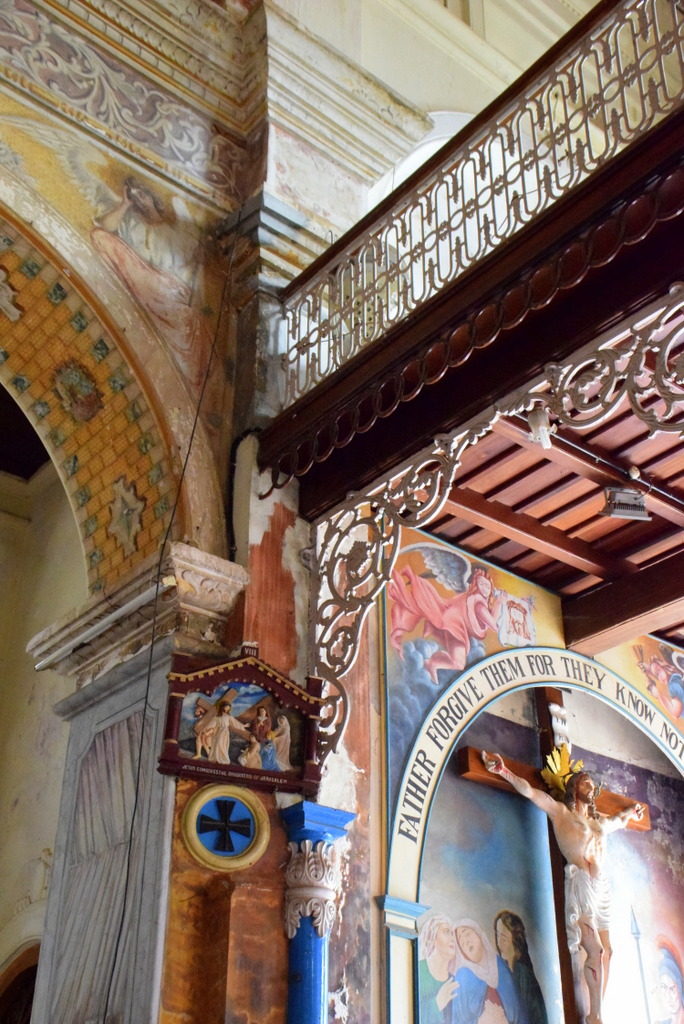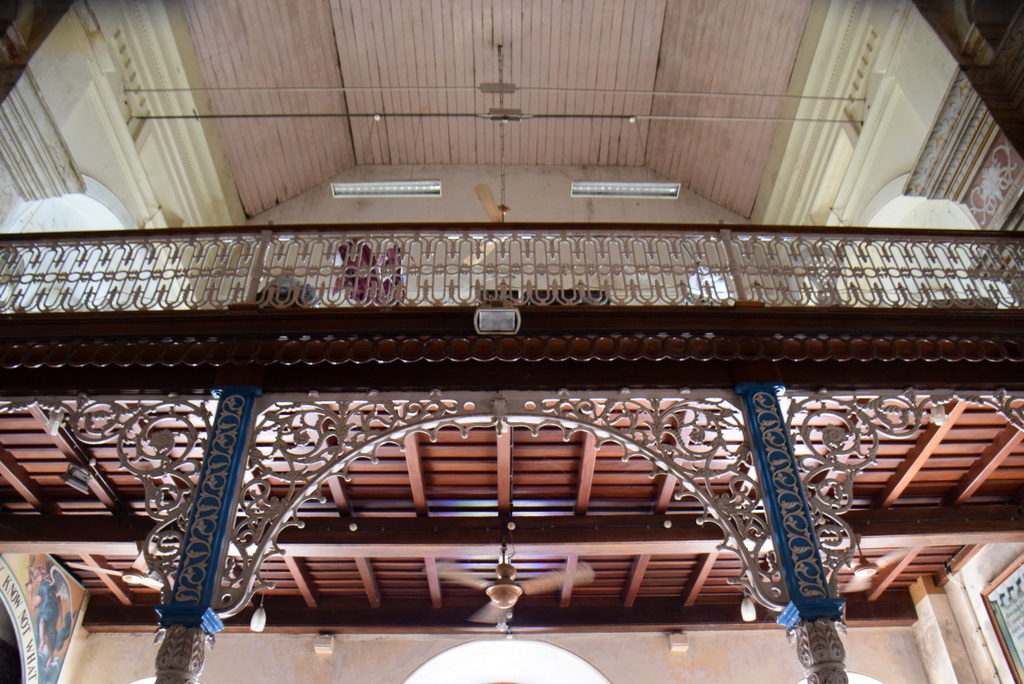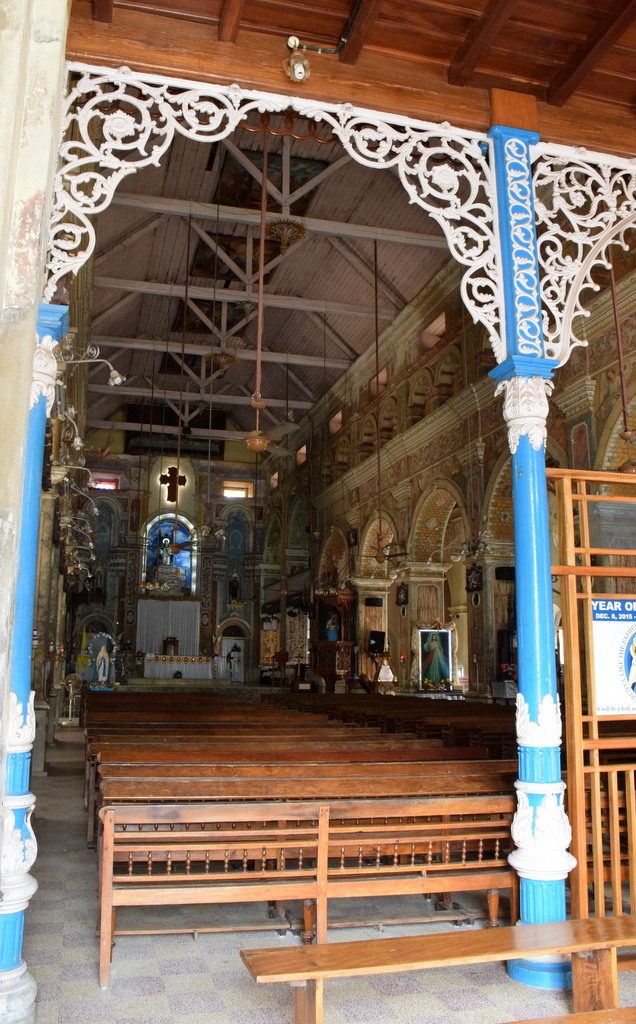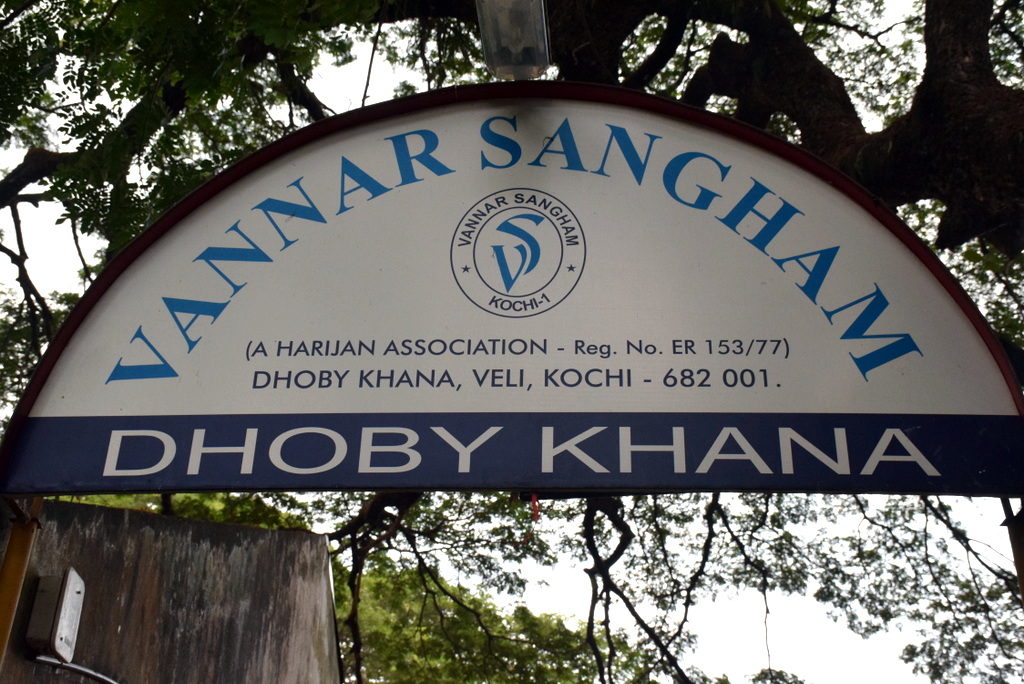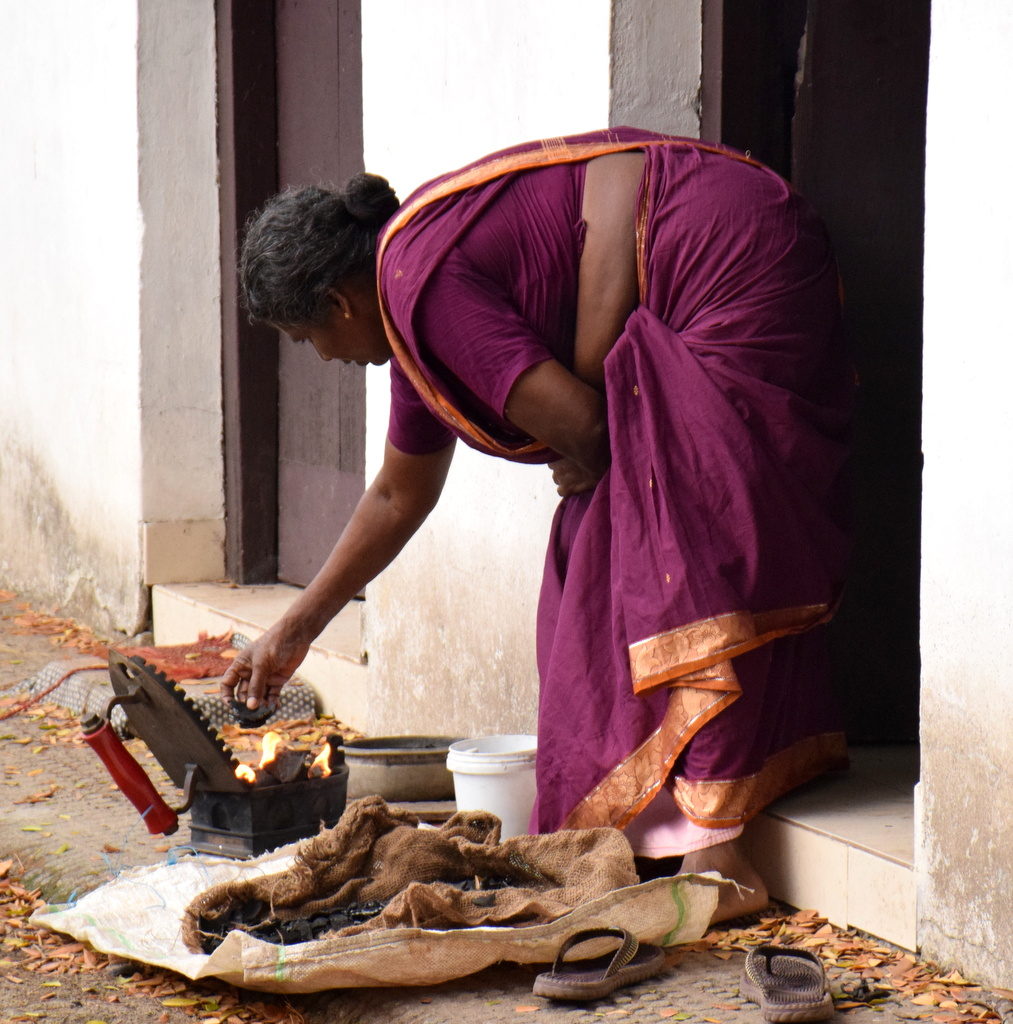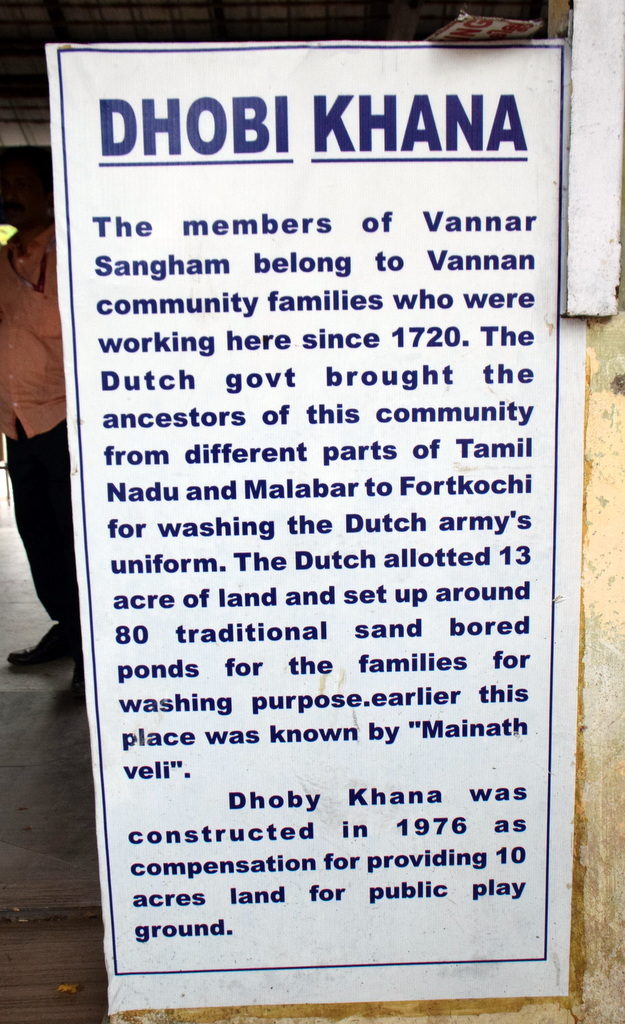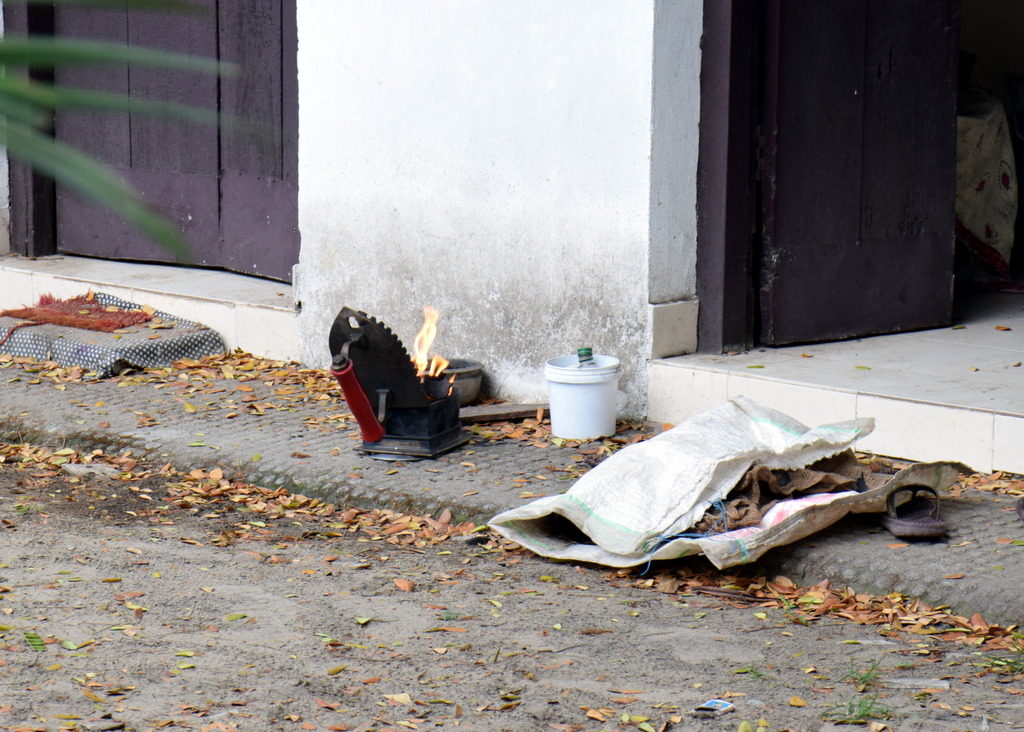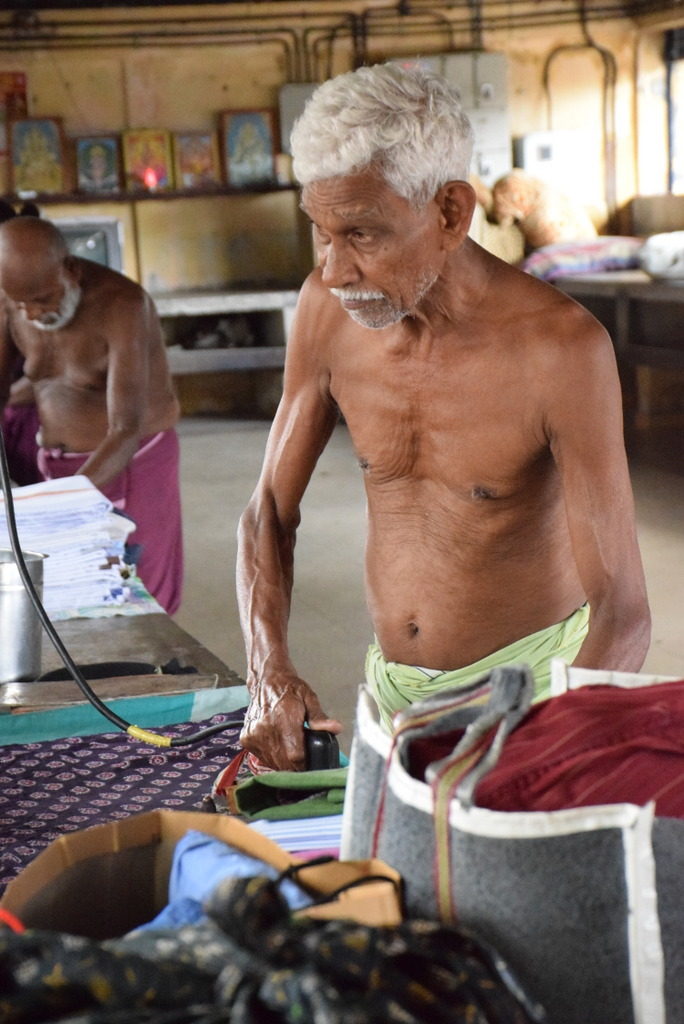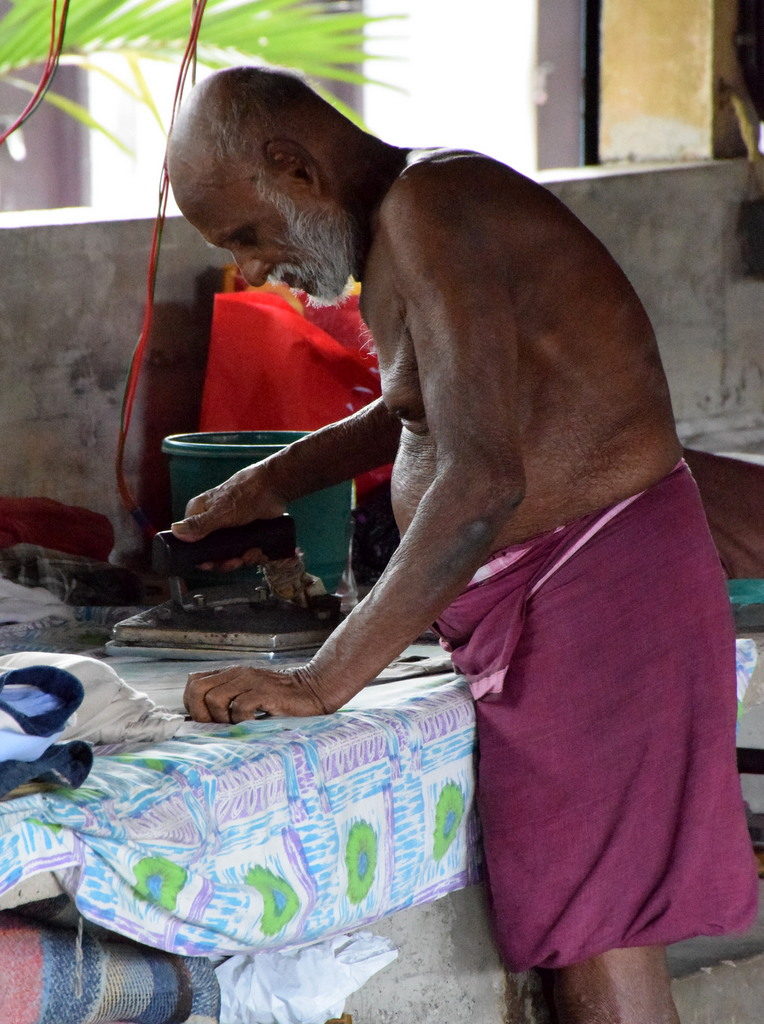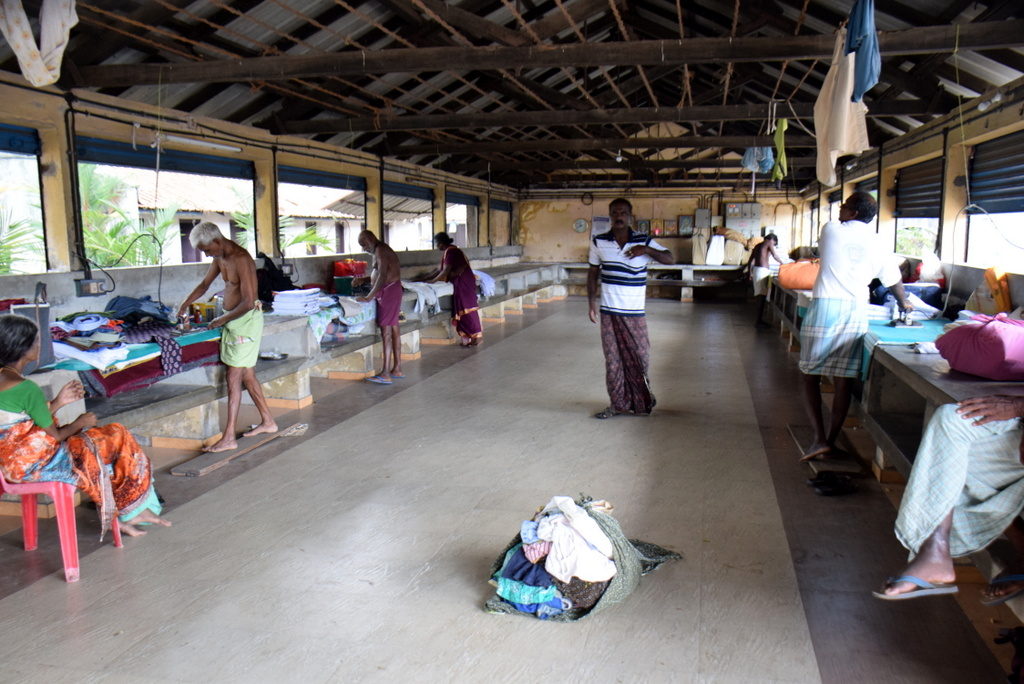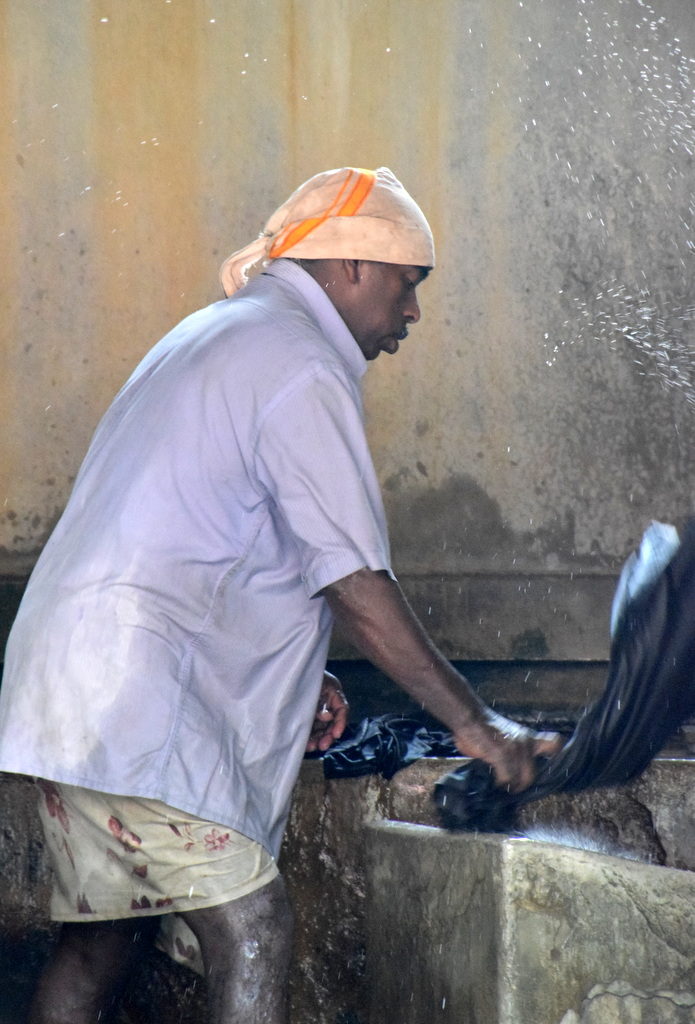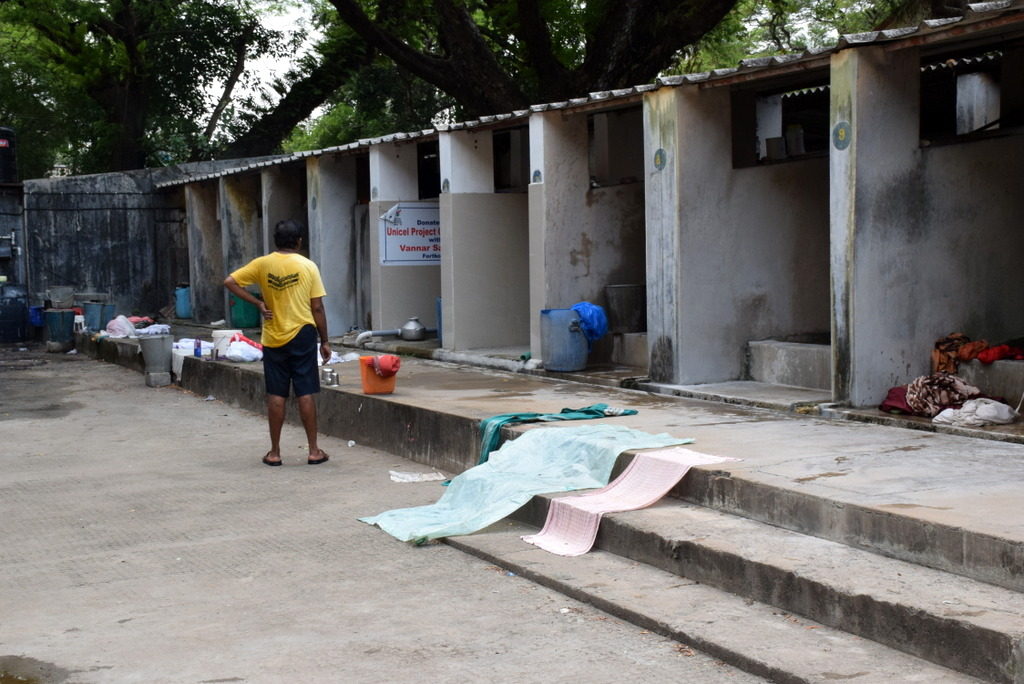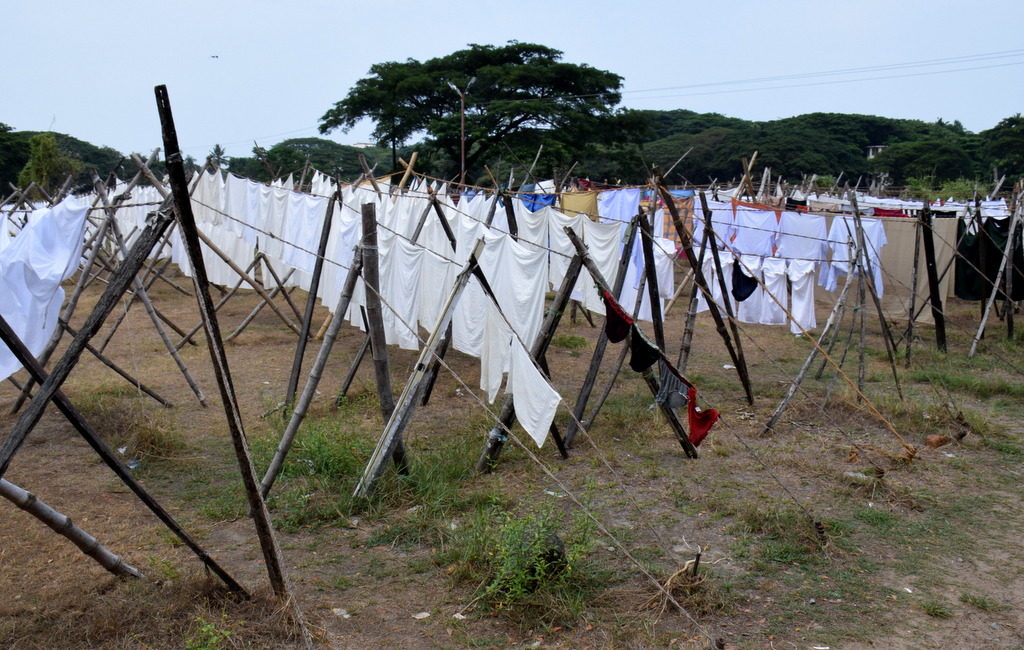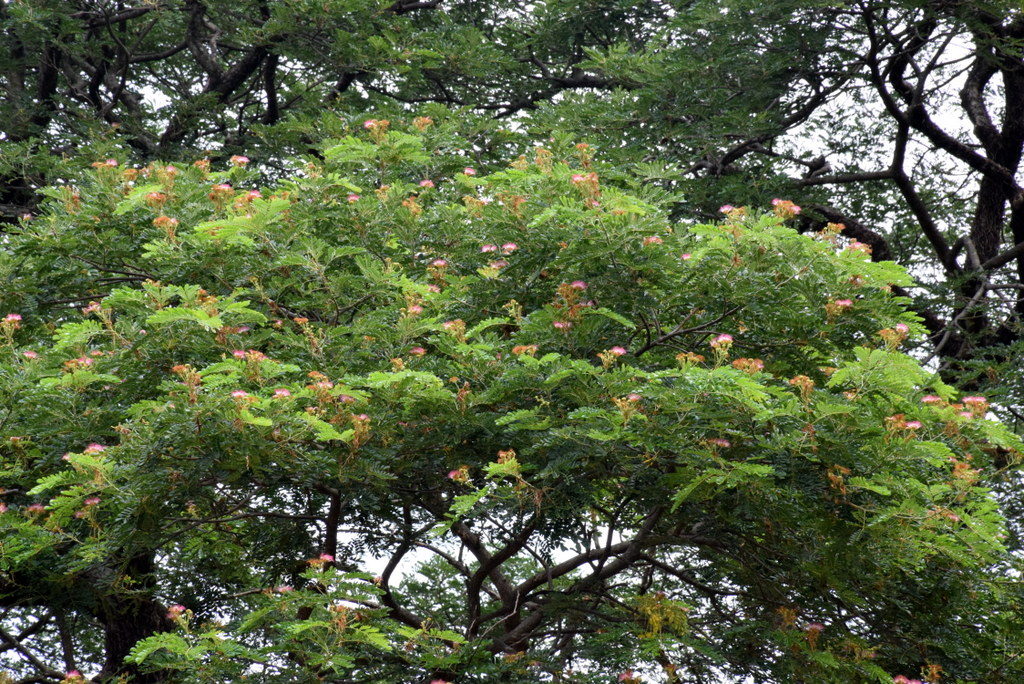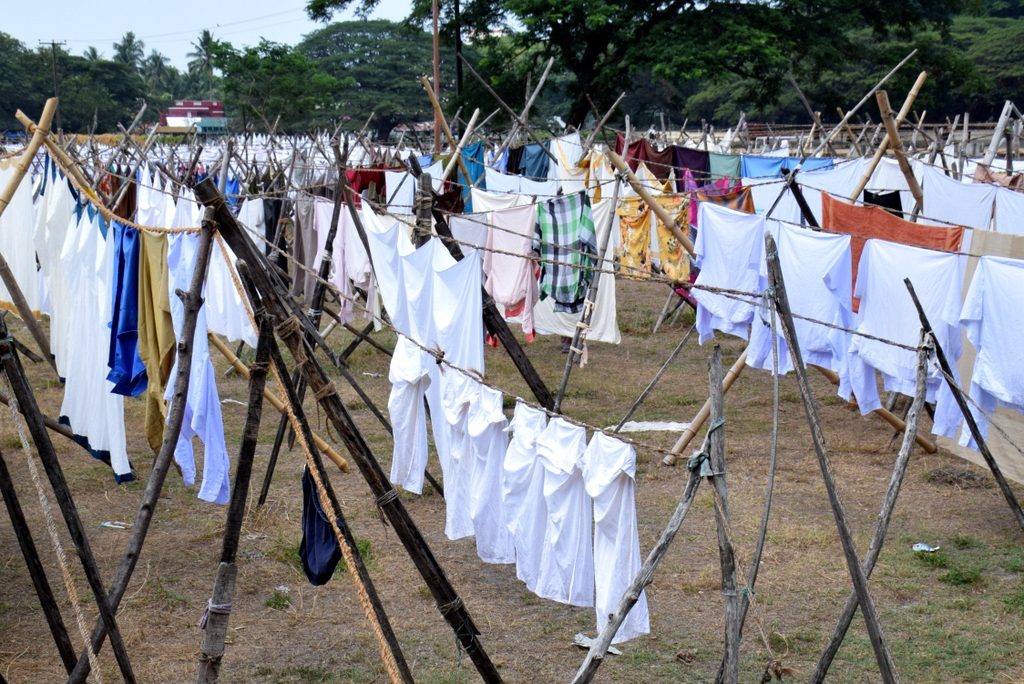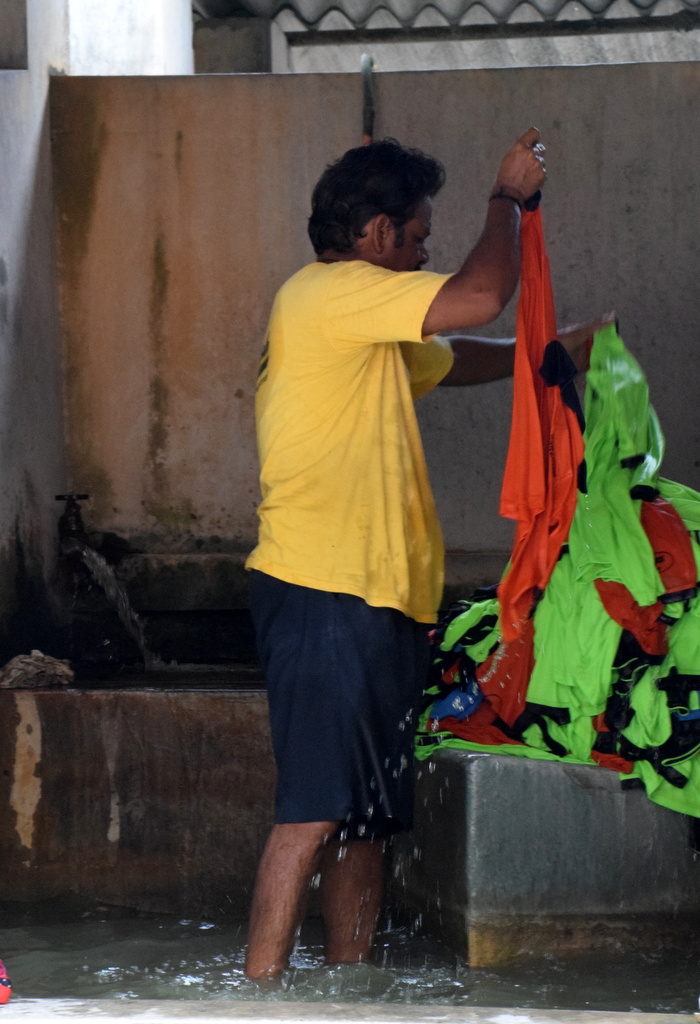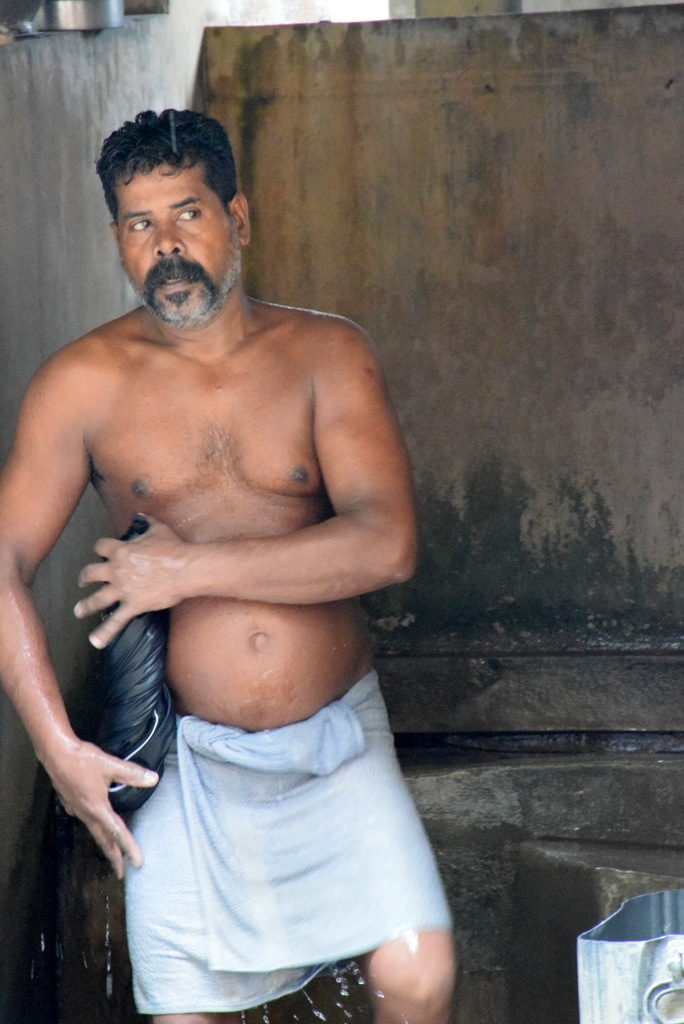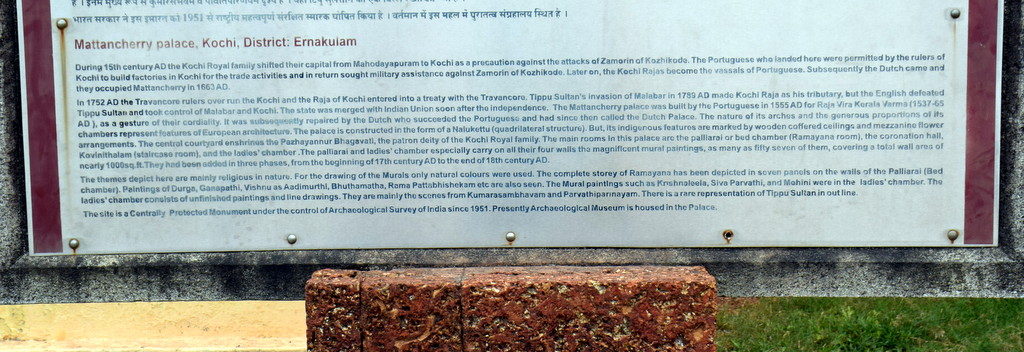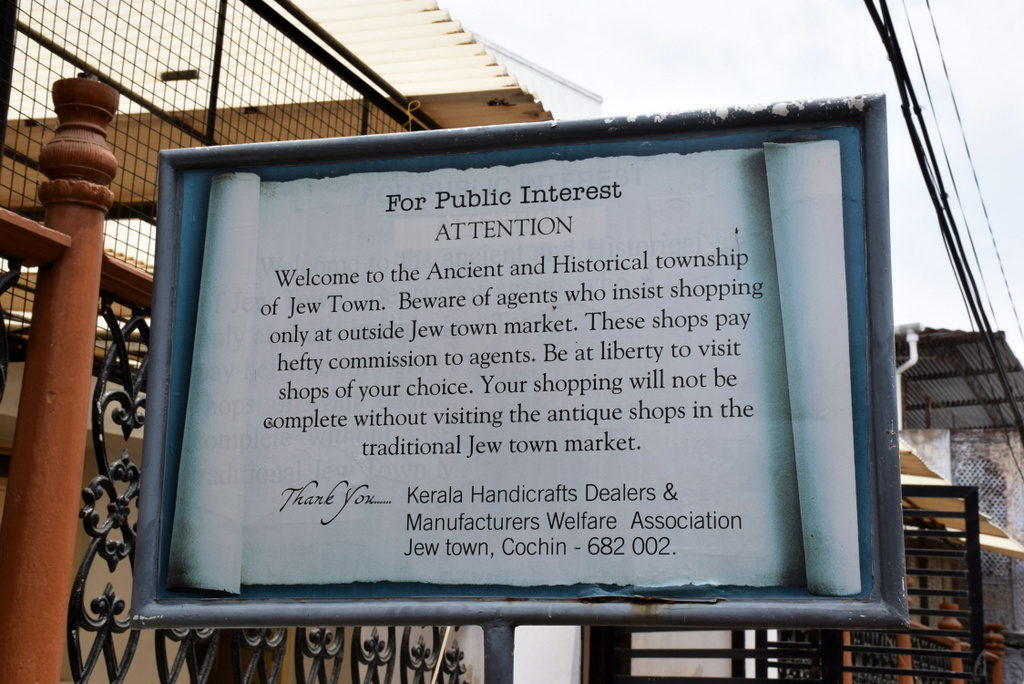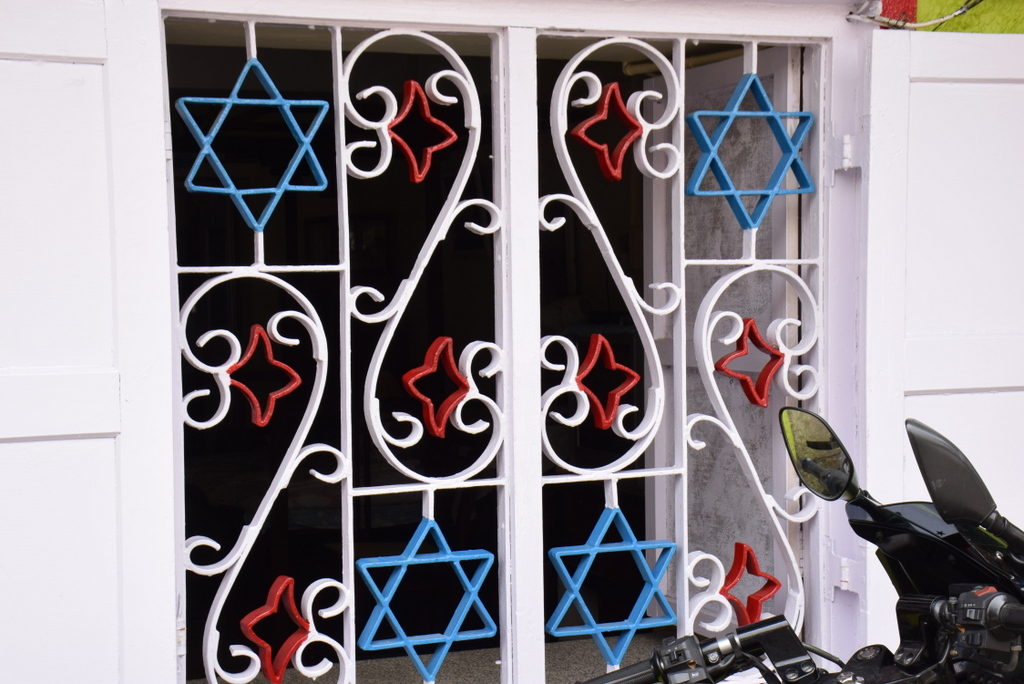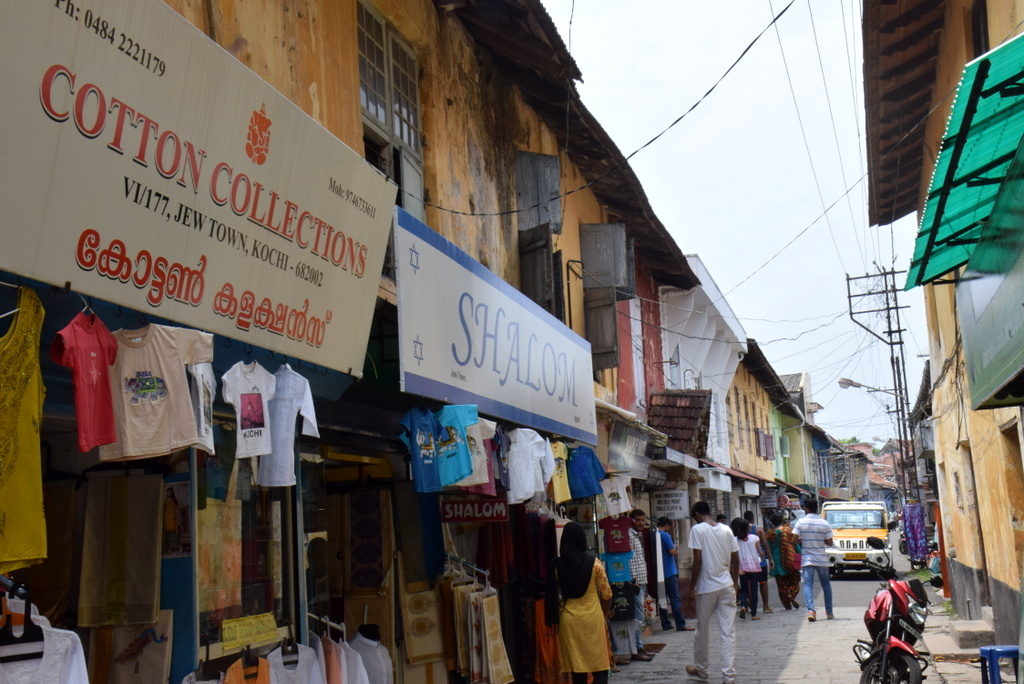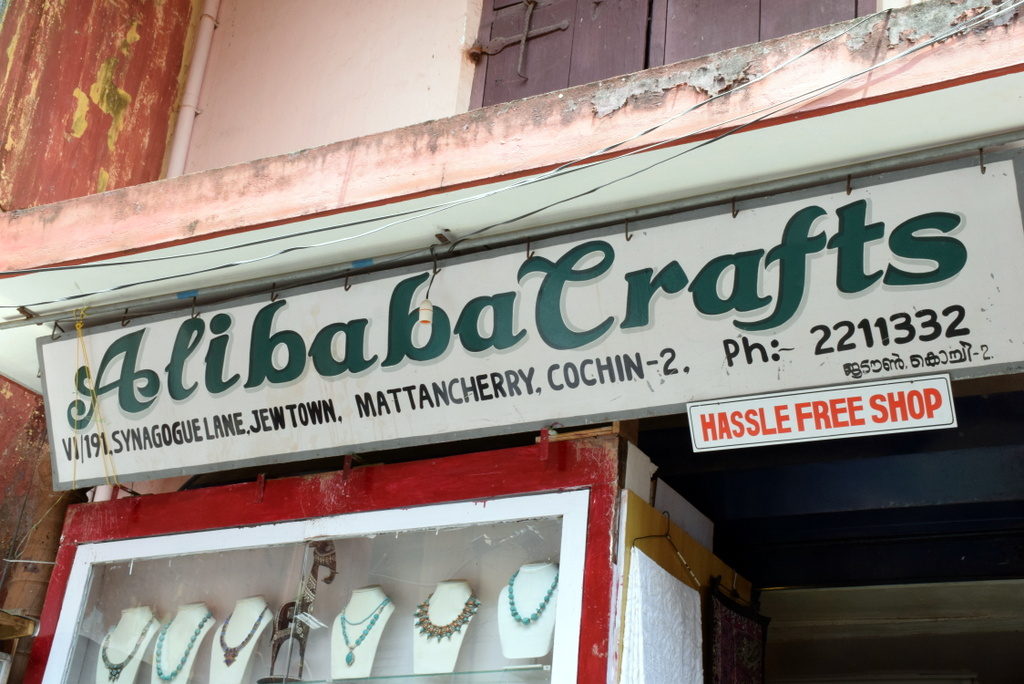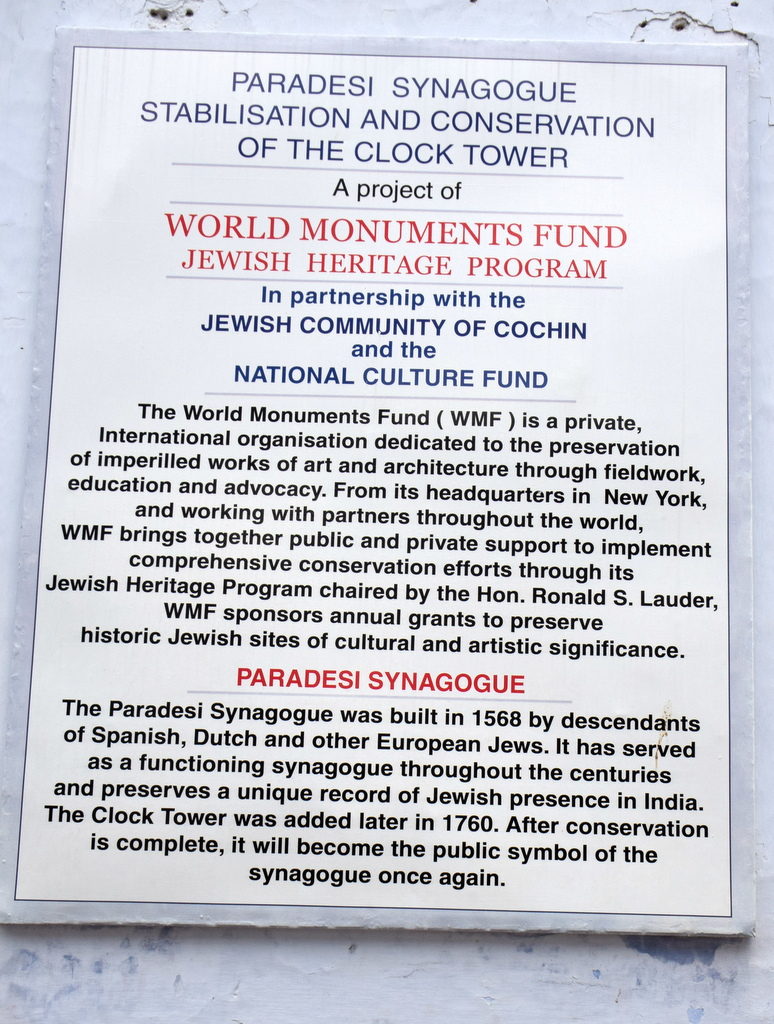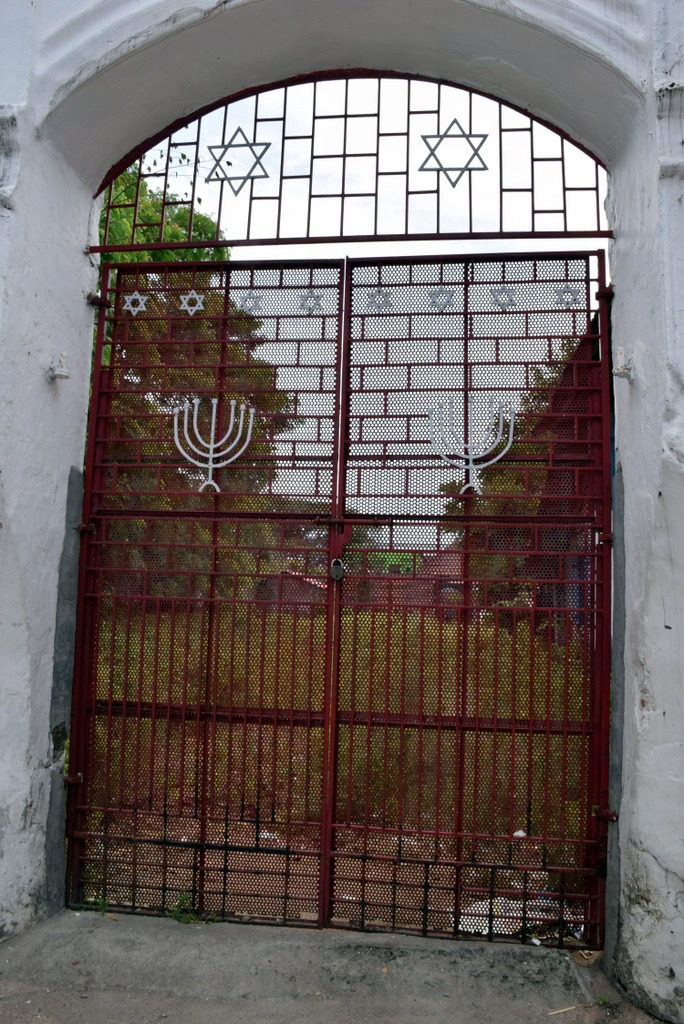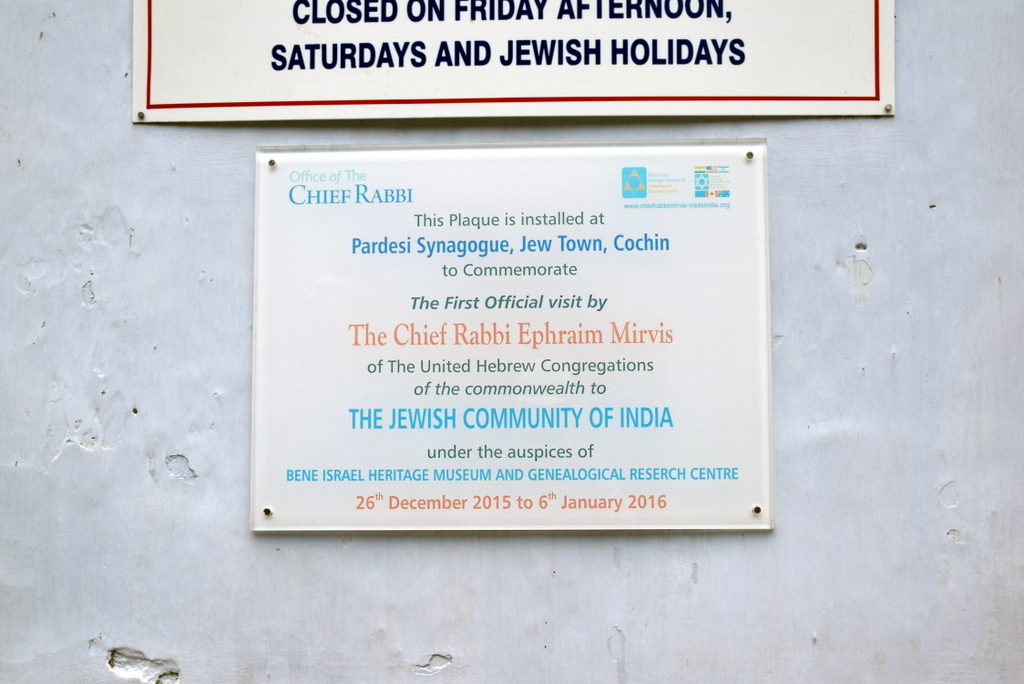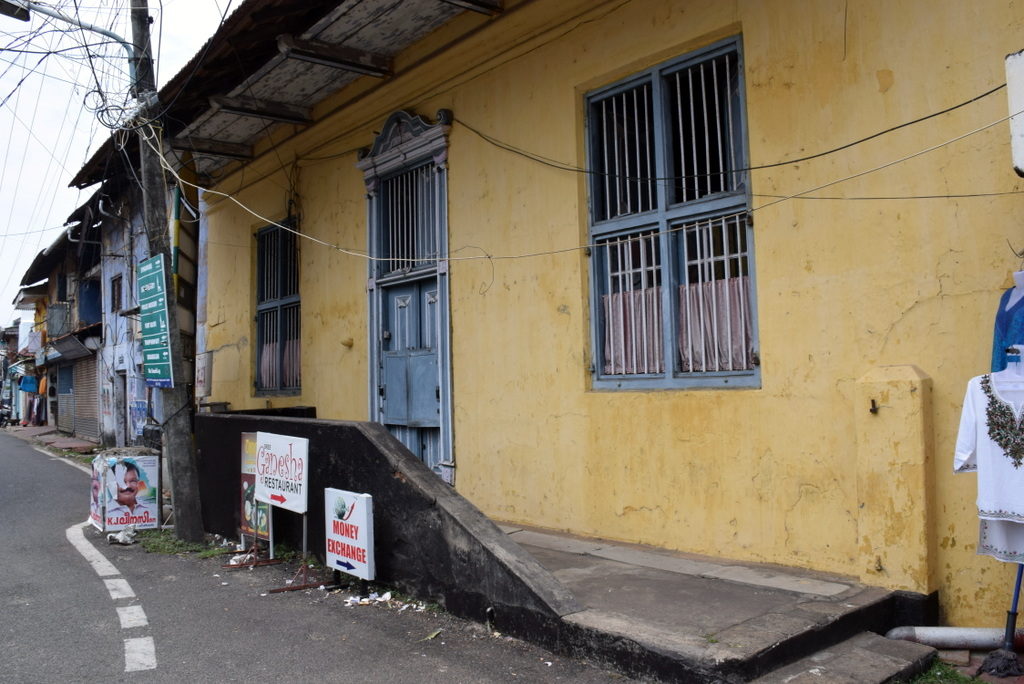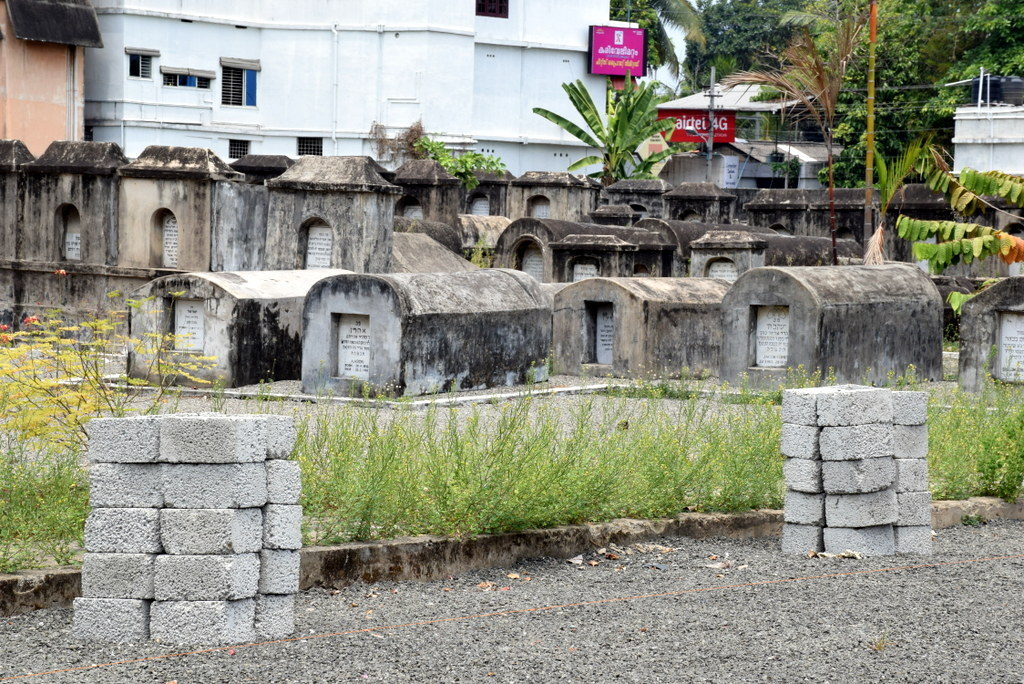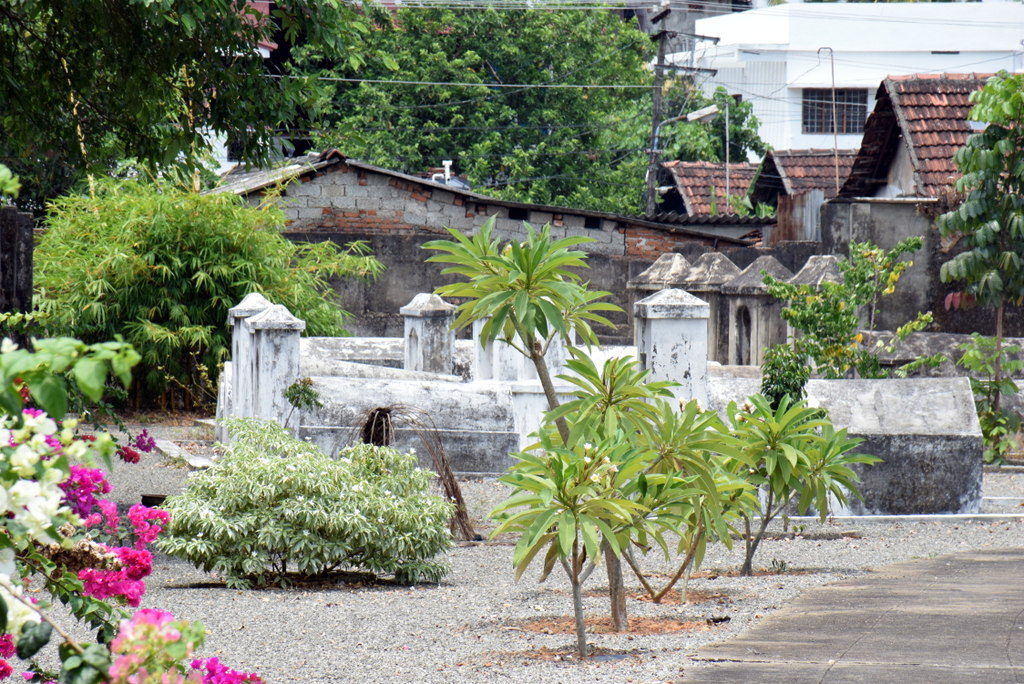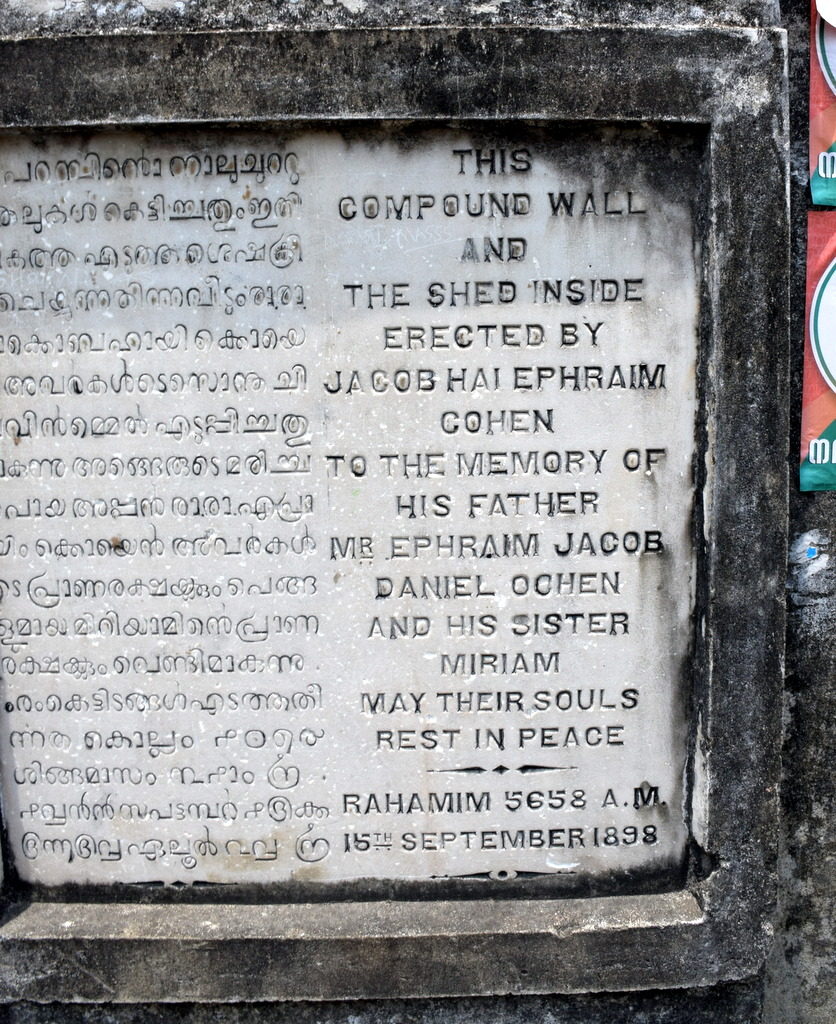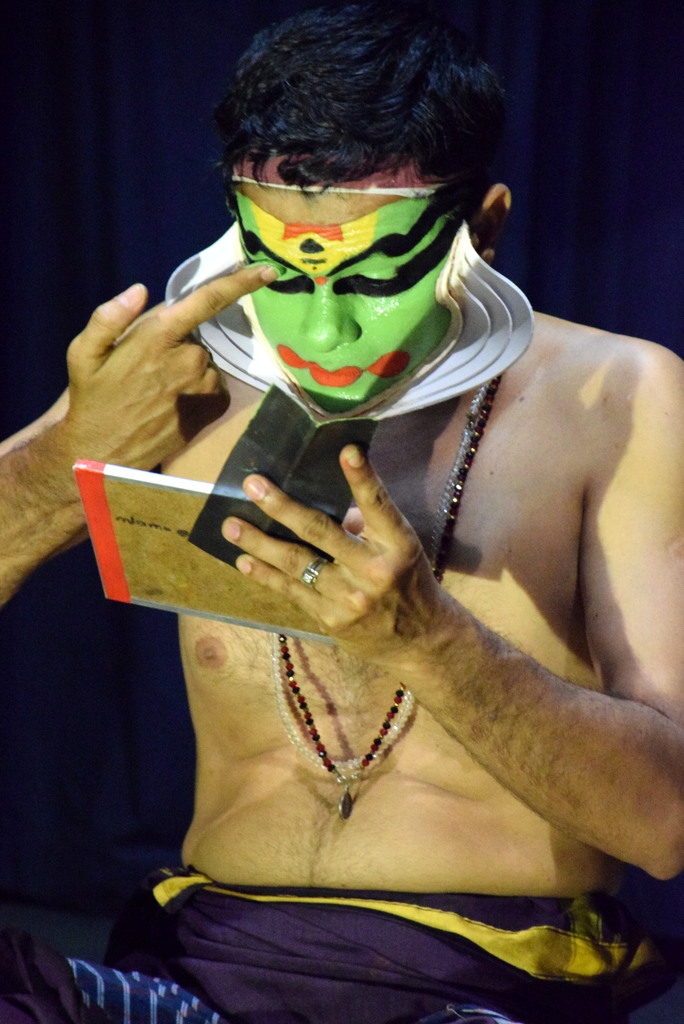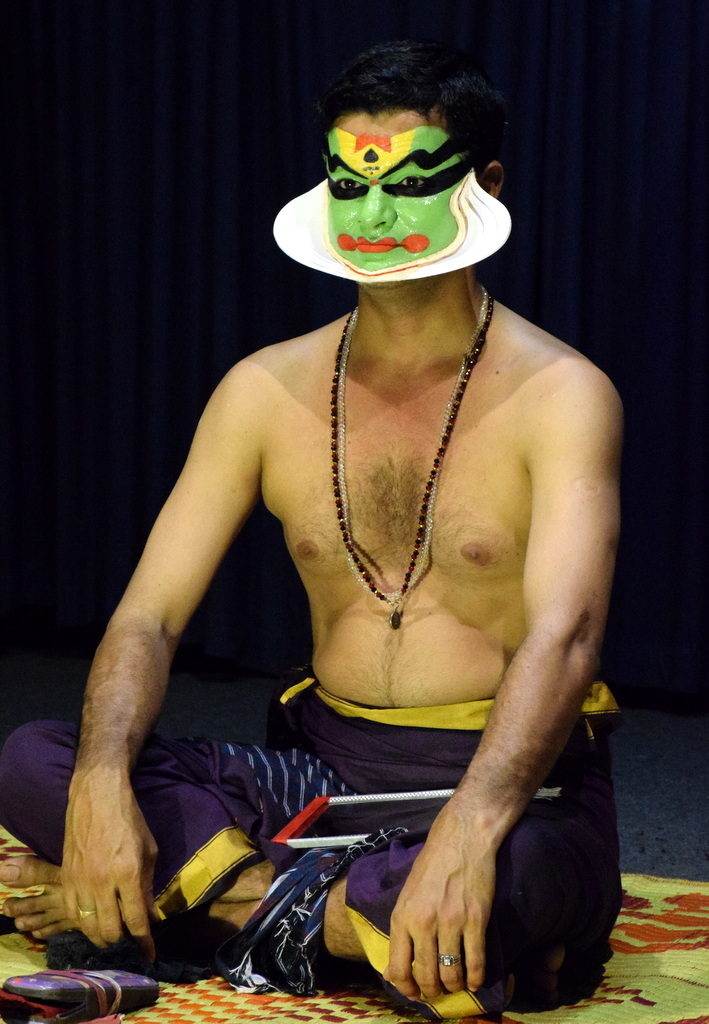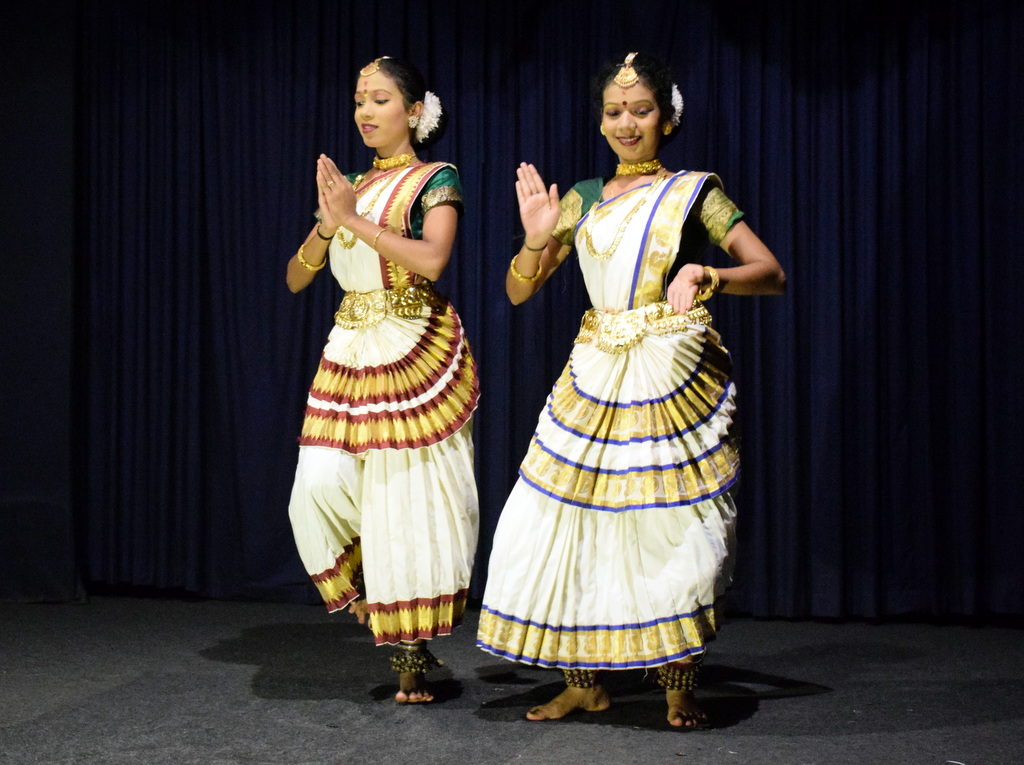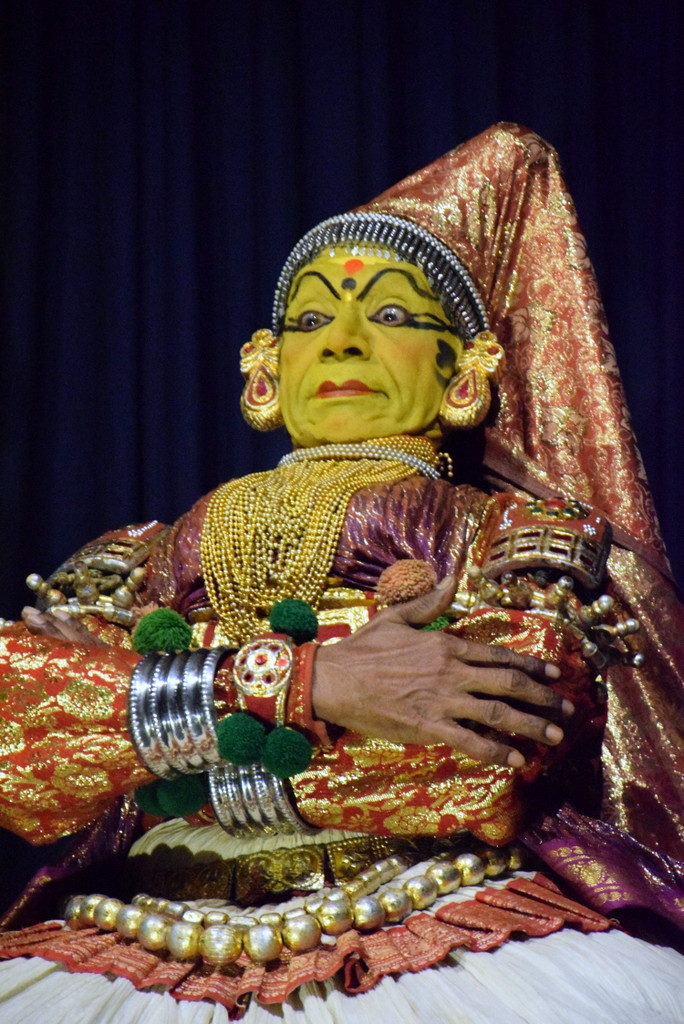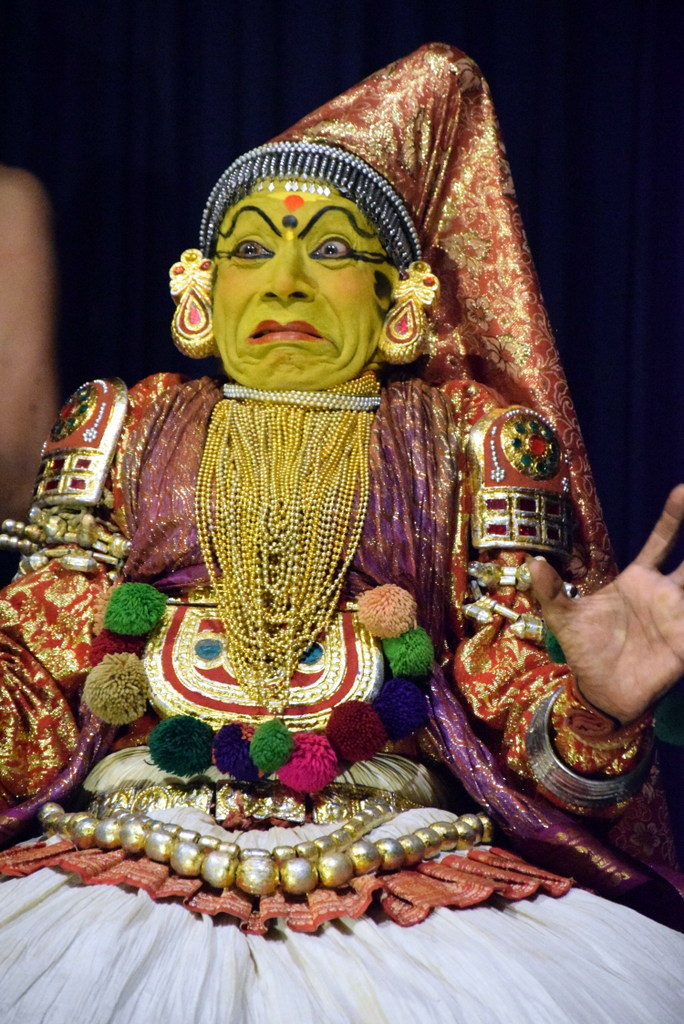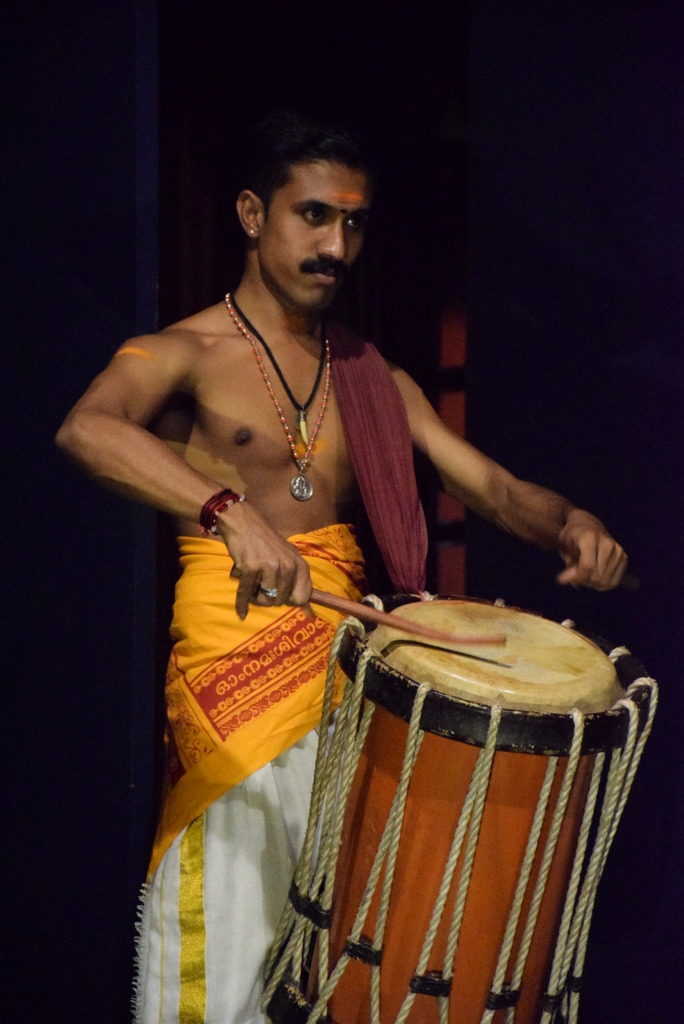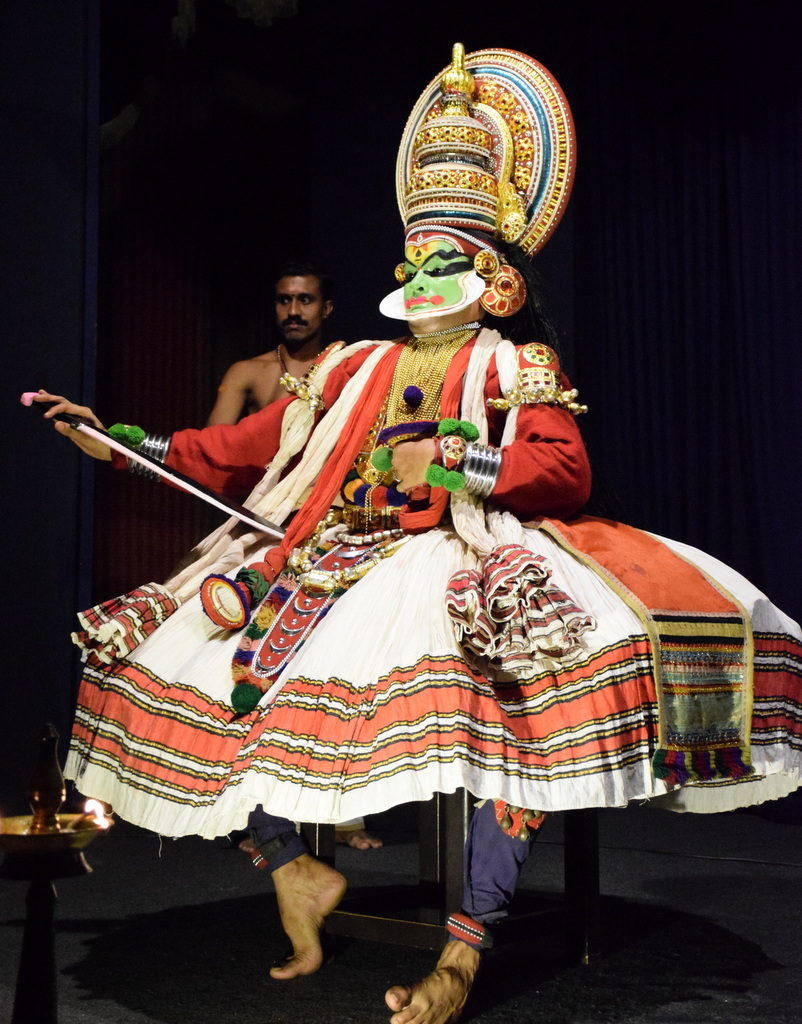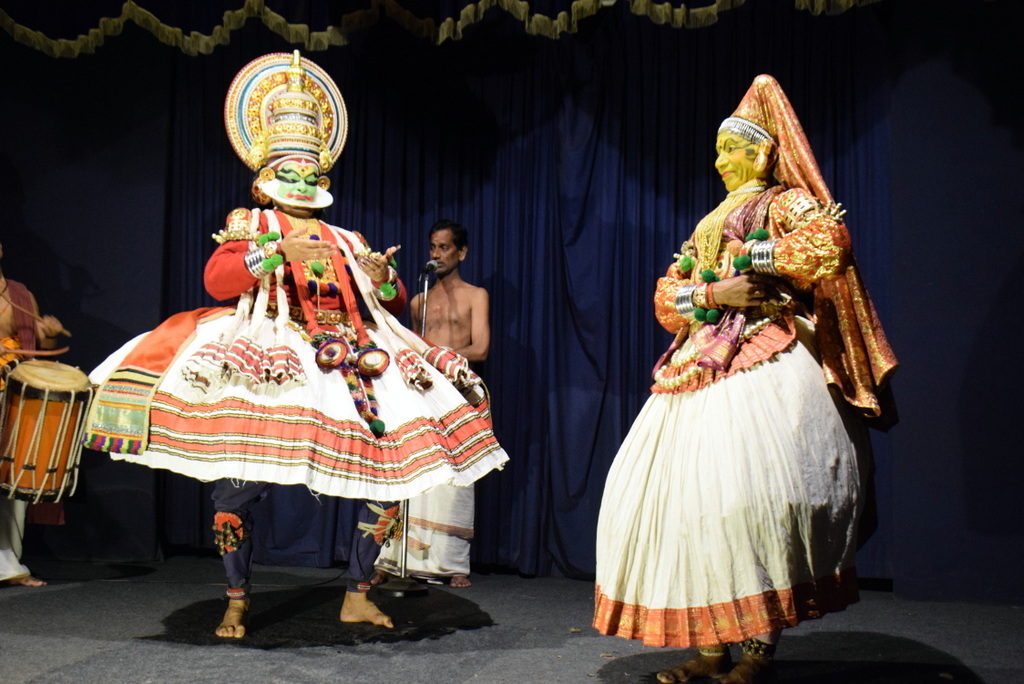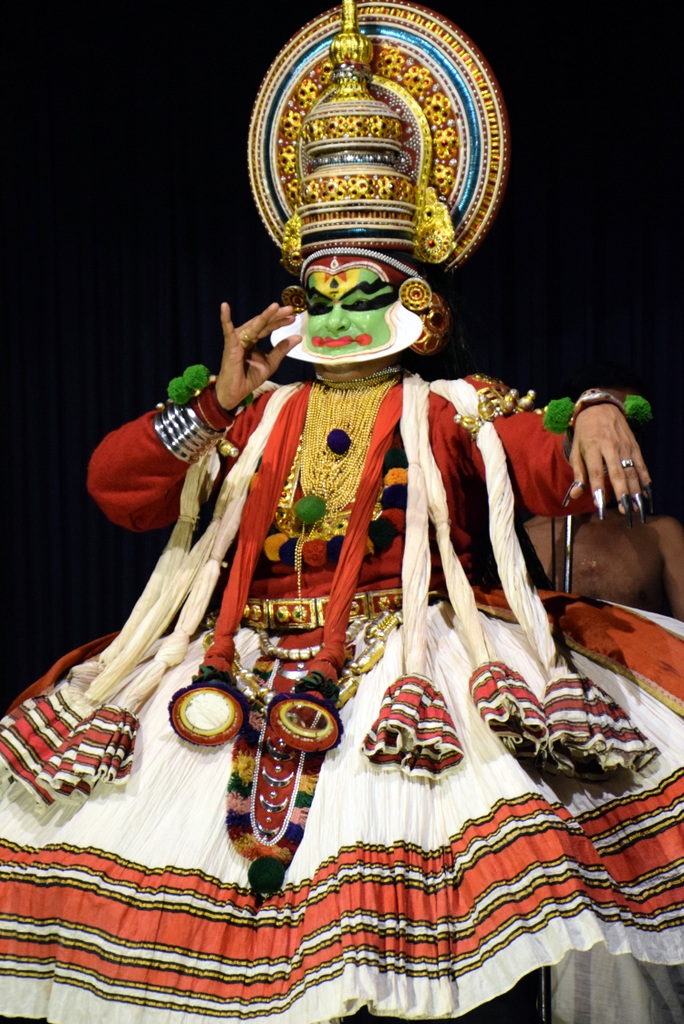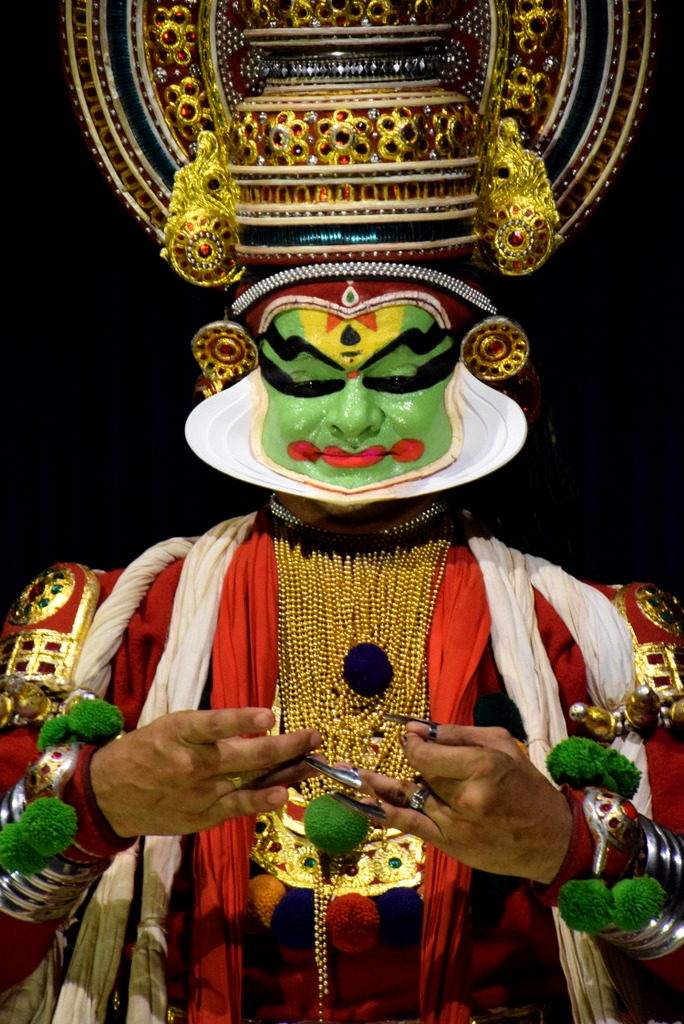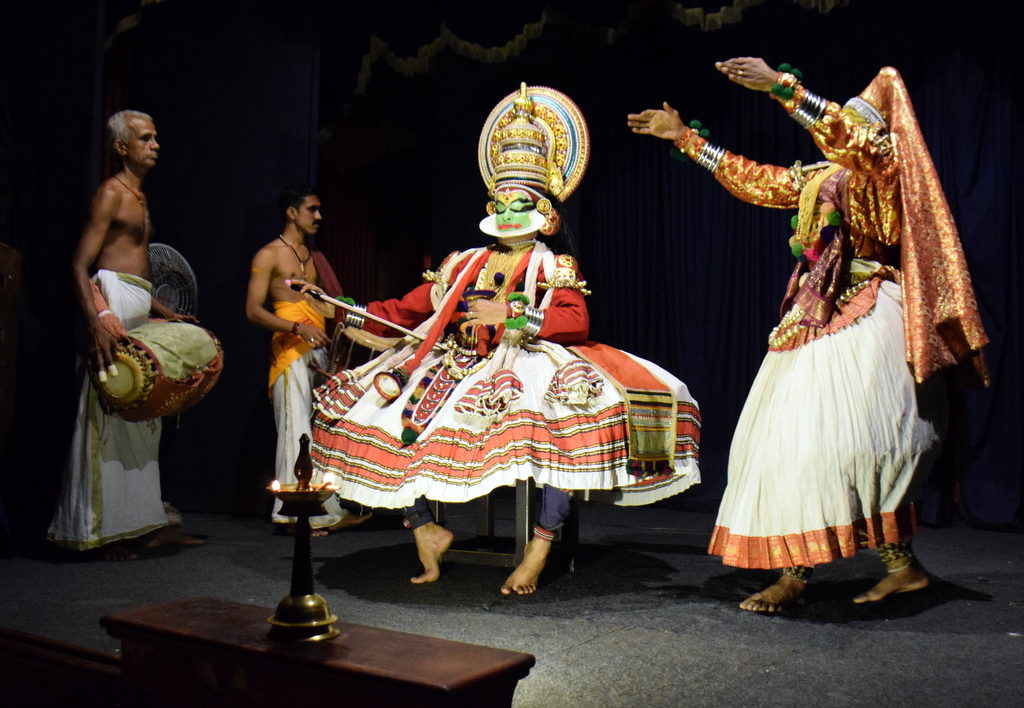Met our guide Bijou and driver Mr. Roy at 9.30 and drove back over to Fort Cochin. The hotel is on Willington Island, a man made island, constructed by the British in the 1930’s for the Navy. It is 1200 hectares and took 14 years to build. It is now a big naval base and active port mainly exporting spices, tea and coffee and importing oil from the Gulf. Cochin is one of the oldest cities in India, and was occupied by the Portugese in 1503, in fact Vasco de Gama was buried in the St. Francis Church, which was the first European church built in India. Cochin was then occupied by the Dutch and subsequently the British. The city is known as ‘God’s Country’ and the land of three C’s – coconuts, Catholics and Communism!
We started out at the beach watching the Chinese Fishing nets in operation, then visited St. Francis Church, ans the Santa Cruz Cathedral, the latter commissioned by the British but built by Italians, with fabulous wrought iron work from the Glaswegian Foundry – probably the same that made the iron work in the Mysore Palace.
On to the Dhoby Khana Laundry, a small scale operation compared to the Mumbai Dhobi. We continued onto the Dutch Palace which was originally built in 1555 and renovated in 1663, and had a some fabulous murals still rich in their original colors and details, plus a variety of royal robes, palanquins, weapons and furniture.
Last, but not least was a visit to ‘Jew Town’ and the Pardesi Synagogue, dating back to 1567. There are now only 6 Jews left and three Jewish occupied homes in Synagogue Street. The Cochin Jews are the oldest group of Jews in India, see link for info!
Back to the hotel and then on to a Kathakali performance. Kathakali is one of the oldest theatre forms in the world and originated in Kerala, a type of dance-drama where the actors depict characters from the Ramayana and Mahabharata. Lots of make up, facial expressions and hand gestures.
- Fans in the St Francis Church – pre electricity
- Rain tree, brought by the Portuguese
- Santa Cruz Cathedral
